DROPS Alpaca
An all time favorite made purely from soft alpaca
from:
2.49€
per 50 g
Content: 100% Alpaca
Yarn Group:
A (23 - 26 stitches)
/ 5 ply / sport
Weight/length: 50 g = approx 167 m
Recommended needle size: 3 mm
Knitting tension: 10 x 10 cm = 24 sts x 32 rows
Care: Hand Wash, max 30°C / Dry Flat / Feltable
Made in: Peru
Raw material origin: Alpaca from Peru
This yarn has an Oeko-Tex® certification (certificate number 16.HPE.92779), Standard 100, Class II from the Hohenstein Institute. This means that is has been tested for harmful substances and is considered safe in human-ecological terms. Class II means the yarn is suitable to come in direct contact with the skin to a large extent, such as blouses, shirts, mattresses, etc.
DROPS Alpaca is a lovely yarn spun from 3 strands of 100% superfine alpaca, with an extra twist to provide a durable surface. The alpaca fiber is untreated, which means that it is only washed and not exposed to any chemical treatment prior to the dyeing. This highlights the fiber’s natural properties, while it also provides a better shape and texture quality.
DROPS Alpaca has a large and varied range of patterns available in the DROPS collection. Garments made in this yarn are lightweight and comfortable, super soft directly on the skin, and have a nice, characteristic sheen.
Read more about our products' sustainability here
Please be aware that the colours shown may vary from screen to screen in the same way that shades may vary slightly from dye lot to dye lot.
How do I care for this yarn?

Hand Wash, max 30°C / Dry Flat
First of all, consider just airing the garment, instead of washing it. If you still desire to wash it, here are some guidelines:
- Hand wash at 30ºC - separately - with wool detergent without enzymes or optical brighteners.
- Don’t let the garment soak. Move the garment gently back and forth, do not rub or squeeze it.
- Rinse the garment until the rinse water is completely clear, making sure the water temperature stays uniform.
- Do a light centrifugation of the garment (about 800rpm), choosing a program that DOES NOT take in water at the start. Or press carefully the water out of the garment with a dry towel. The garment shouldn’t be twisted or rolled.
- To dry the garment, shape it and lay it flat - do not hang - ideally on a warm bathroom floor or on top of a drying rack in a room with good air circulation. Never dry the garment in direct sunlight.
- Don’t tumble dry.
Note: If you are washing a project made with this yarn combined with another, the general guideline is to follow the washing instructions for the most delicate of the yarns you are working with.
Thinking about felting this yarn?
See how this yarn looks before and after felting:
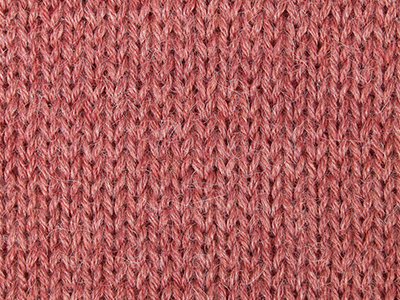
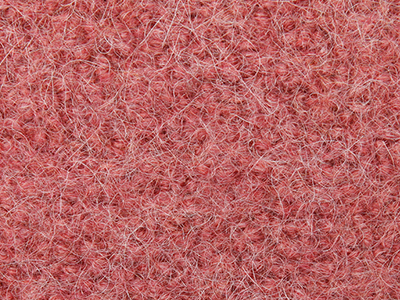
Needles: 5.50 mm
Before: 16 sts x 21 rows
After: 21 sts x 32 rows
Do you have a question about this yarn?
See a list of frequently asked questions (FAQ) about our yarns.
1) What type of fibers make the DROPS yarns?
Yarn can be made from a large number of natural and synthetic fibers. DROPS carries mainly yarns made from wool, cotton, alpaca, linen, mohair and silk. Each fiber type has its own qualities, and they are often mixed to take advantage of the best properties of each one. Coarse yarn has the advantage of being stronger and more durable, and finer fibers offer more softness and comfort. Here a bit about the main fibers we carry:
Alpaca:
Alpaca fleece is the natural fiber harvested from an alpaca, and it is similar in structure to sheep wool fiber. Its softness comes from the small diameter of the fiber, similar to merino wool. It is a soft, durable, luxurious and silky natural fiber. Yarn made from alpaca fibers does not felt or pill easily, and it can be light or heavy in weight, depending on how it is spun. While similar to sheep’s wool, it is warmer, not prickly, and has no lanolin, which makes it hypoallergenic. Alpacas come in 22 natural colors, with more than 300 shades from a true-blue black through browns-black, browns, white, silver and rose-greys.
Mohair:
This fiber comes from the Angora goats, and it's considered a luxury fiber. Mohair yarn is warm as wool, but much lighter in weight; it is durable, dyes well and does not felt easily. Mohair fibers have also a distinctive luster created by the way they reflect light. Despite being a hard fiber, mohair is usually spun into a very fluffy yarn, resulting in airy and lustrous garments.
Wool:
The wool fibers come from the skin of sheep and are relatively coarse fibers. Two striking characteristics of wool are its susceptibility to heat and its felting property, which is caused by the scales on the surface. Depending upon the breed of sheep, the appearance of the wool varies.
Wool from Merino sheep is considered the finest type of wool, having as characteristics that is finely crimped and soft. All the Merino wool in the DROPS yarns has its origins in South America, coming from sheep that have not been subject to Mulesing.
Pure new wool is wool made directly from animal fleece, and not recycled from existing wool garments.
Machine washable wool is wool treated chemically to minimize the outer fuzzy layer of the fibers, and be therefore fitable for machine wash (see Superwash).
Silk:
The silk fiber is a fine continuous fiber produced from the cocoon of a moth caterpillar known as the silkworm. While silkworm is cultivated, the wild or tussah silk is obtained from uncultivated silkworm cocoons. Silk fiber is one of the strongest natural fibers and makes a wonderful knitting yarn. It blends really well with other fibers, especially wool. Silk also dyes beautifully with natural dyes.
Vegetable fibers:
There are several varieties of vegetable fibers, found in the cell walls of plants or vegetables. Of all the varieties, two are recognized as major knitted or textile fibers. They are cotton and linen.
Cotton is the fiber surrounding the seeds in a cotton pod, and it is almost pure cellulose. Cotton is usually white in color but there are green and brown varieties as well. The cotton fiber is most often spun into yarn or thread and used to make a soft, breathable textile that is good for summer clothing and accessories, making a weaker yarn than silk or linen but stronger than wool.
Mercerized cotton is cotton that has been through a mercerization treatment. This treatment gives cotton fabrics and threads a lustrous yarn that is more lustrous than conventional cotton. It is also stronger, takes dye a little more readily, makes the yarn more resistant to mildew and reduces lint. It also may not shrink or lose its shape as much as "regular" cotton.
Linen is a fiber derived from the stalk of the flax plant that is durable and stronger than any other fiber. The linen fiber is relatively soft, straight and lustrous and becomes more beautiful with age. Linen is more comfortable to wear in hot temperatures than cotton, due to the fact that it absorbs moisture better and dries more quickly.
Other materials used in our yarns include synthetic fibers such as acrylic, viscose, polyamide (nylon) and polyester. These fibers are used mostly to give strength to a yarn (like our sock yarn, DROPS Fabel) or a special kind of structure (like our blown yarn, DROPS Air).
The polyamide fibre, commonly known as nylon, is very strong, durable, lightweight, easy to care for (can be machine washed and dried), and elastic, which makes it perfect for blending with other fibres to produce hard-wearing yarns like sock yarn.
Compared to polyester, polyamide is softer and more flexible, but it also absorbs more water and dries slower.
3) What type of information can I find on the DROPS yarn labels?
All DROPS yarn labels include information about fiber content (wool, cotton, etc.), weight in grams and ounces, length in meters and yards, washing instructions and symbols (explained here), color number, dye lot number and yarn group information.
4) What are the DROPS yarn groups?
All DROPS yarns are classified into 6 different thickness groups (A to F). Yarns in a same group have similar knitting tension/gauge, and can therefore be interchanged in patterns; however the length may be different, so when substituting always calculate the amount of meters/yards needed for the pattern to know the amount of yarn you need to get.
5) Can I use a different yarn than the one mentioned in the pattern?
Yes, as long as the yarn can be worked in the same knitting tension/gauge. Always swatch to make sure you get the same number of stitches in width and rows in height as given in the pattern.
Remember that different yarns with different textures, will give the garment different looks. The yardage/length may also be different, so when substituting always calculate the number of yards needed, in order to know the amount of yarn you need.
Read more about how to calculate the amount of an alternative yarn - and how to replace 1 thread of a yarn with 2 or more of another, here.
6) What does it mean when a yarn is “Superwash”?
A superwash wool is a special wool product that has been treated or processed in a way that allows it to be machine washable. Many people are afraid to work with wool because it is so easy to shrink (though some shrink wool on purpose) and superwash wool can allow them to work with great fibers without worry. (Read more here).
7) What does “Oeko-Tex® certified” means?
The Oeko-Tex® Standard 100 was introduced at the beginning of the 1990s as a response to the needs of the general public for textiles which posed no risk to health. The Oeko-Tex® Standard 100 is a globally uniform testing and certification system for textile raw materials, intermediate and end products at all stages of production. The test for harmful substances comprise substances which are prohibited or regulated by law, chemicals which are known to be harmful to health, and parameters which are included as a precautionary measure to safeguard health.
For more info go to www.oeko-tex.com
10) How accurate are the colours on the shade cards online?
When obtaining images for the shade card, we do our best to achieve the highest level of color accuracy. Unfortunately, we cannot guarantee how images will appear on your computer screen. Every monitor displays color differently, some colors might look darker than they really are, and some colors might be more saturated on some screens. If you experience that many of the yarn colors looks different on your screen than the actual color of the skeins, you can adjust the setting on your monitor.
11) What is a micron? What does super fine / extra fine mean?
The fineness of yarn fibers is measured in microns (thousands of millimeters). Super fine alpaca wool is 26-28 microns. Fine merino wool is less than 21.5 microns and extra fine merino is under 19.5 microns. The less microns the softer and more delicate a quality can be, the more microns the more hard wear the quality will be.
The reason why the microns in a yarn’s fibers are important is that the yarn will eventually become something else, and how delicate or coarse a yarn is will determine in part what we use it for. That’s why we recommend the softest yarns (like DROPS Baby Merino) for baby clothing, or why we choose to use a more hard wear yarn like DROPS Snow, for a seating pad or slipper.
12) Why are the colours in my skeins of print yarn different?
The reason why two skeins of a same print yarn look different can be 1) that both skeins are part of different dye lots; 2) that the skeins have been dyed using a technique called "magic print" (the one used for example in DROPS Delight), which provides unique patterns and smooth colour transitions to each skein, meaning also that within one dye lot, lighter or darker varieties might appear. This is no fault or defect, but part of the yarn's character.
13) My store doesn’t have the colour I want, what can I do?
If your DROPS store doesn’t have the yarn colour you want, try contacting a DROPS Super Store (the ones with the golden badges) - they will make sure to get a hold of the colour even if they don’t have it in stock themselves. See a list of all DROPS stores here.
14) Where can I find a specific dye lot of a colour?
Always try contacting your DROPS store first. If they do not have the dye lot you want we recommend you to ask other knitters and crocheters in the DROPS Workshop in Facebook or Ravelry, which may have the dye lot in their stash and might be willing to part from it.
Yarn sheds because there's not enough twist to hold all of the fibers together. All yarns have excess fibers (from production) that might come off as lint or shedding, in varied degrees that depend on how the yarn is spun. Brushed yarns ("hairier" yarns) like DROPS Melody, have more of these loose fibers than other yarns, and therefore shed more. Shedding also depends on what is worn under or over the garment, and whether this pulls at the yarn fibers. It’s therefore not possible to guarantee that there will be no shedding.
Below are some tips on how to get the best result when working with hairier yarns:
- When the garment is finished (before you wash it) shake it vigorously so the looser hairs come off. NOTE: do NOT use a lint roller, brush or any method that pulls at the yarn.
- Place the garment in a plastic bag and put it in your freezer - the temperature will cause the fibers to become less attached to each other, and excess fibers will come off easier. Leave in the freezer for a few hours before taking it out and shaking it again.
- Wash the garment according to the instructions on the yarn label. Garments worked with hairier yarns usually need to be shaken once dry after washing, so that the hairs rise and any excess fibers can come off.
Pilling is a natural process that happens to even the most exclusive of fibers. It's a natural sign of wear and tear that is hard to avoid, and that is most visible in high friction areas of your garment like a sweater's arms and cuffs.
You can make your garment look as new by removing the pilling, using a fabric comb or a pill/lint remover.
How can I replace this yarn?
If you are looking to replace this yarn with another DROPS yarn, you can use another yarn within the same yarn group, or try our yarn converter!
Other yarns in Yarn Group A
Read more about replacing yarn.Have a problem with the DROPS yarn you purchased?
When you purchase yarn from the shade cards or patterns on our site, you are not buying directly from DROPS but from one of the hundreds of DROPS stores around the world. It is therefore important that you take contact with the DROPS store where you bought the yarn, and that you save the labels of all the skeins you purchased (they are your warranty).
The DROPS store you contact will assist you and escalate the claim if necessary. Find a list of DROPS stores here.
Comments / Questions (501)
![]() Valérie wrote:
Valérie wrote:
Bonjour, j'aimerais faire un tour de cou en Alpaca en aiguilles circulaires. Pourriez-vous me conseiller un motif ajouré pour un résultat souple de l'ouvrage ? Merci.
21.10.2017 - 09:53
![]() Karen wrote:
Karen wrote:
Bonjour, Je cherche une astuce car j'ai fait un gilet en alpaca mais j'en met partout sur mes autres vêtements. Merci
30.08.2017 - 11:08DROPS Design answered:
Bonjour Karen, c'est dû aux fibres d'alpaga, plus vous porterez votre gilet, plus vite cet effet disparaîtra. N'hésitez pas à demander conseil à votre magasin DROPS, il aura d'autres astuces pour vous. Bon tricot!
31.08.2017 kl. 07:52
![]() Jenni wrote:
Jenni wrote:
Hallo Drops, Ich stricke ein Tuch aus Drops Alpaca und trotz kraus-rechten Kanten rollen sich diese ein. Kann ich mit Hilfe von Dampf das Gestrick aus Alpaca behandeln?
25.08.2017 - 11:02DROPS Design answered:
Liebe Jenni, Sie können Ihr Tuch mit Stecknadeln auf einer geeigneten Unterlage spannen, anfeuchten (z.B. mit einer Sprühflasche für Blumen) und trocknen lassen, danach entfernen Sie die Stecknadeln, dann sollte sich der Rand nicht mehr rollen. Viel Spaß beim stricken!
29.08.2017 kl. 12:36
![]() Carine Tanghe wrote:
Carine Tanghe wrote:
Is het wit (uni color 101) echt wit?
18.07.2017 - 10:18DROPS Design answered:
Ja, de wit is echt (sneeuw)wit en niet creme of gebroken wit. Ik heb er thuis ook een bol van liggen :)
01.08.2017 kl. 20:17
![]() Nele wrote:
Nele wrote:
Kan ik een damestrui breien met alpaca en babyalpaca silk, 2 draden dus? Of verschillen de garens te veel om samen te gebruiken?
22.02.2017 - 11:10DROPS Design answered:
Hoi Nele. Ja, dat kan prima. Wij hebben meerdere patronen van dubbele draad Alpaca bijvoorbeeld. U kunt de ene draad gerust vervangen door 1 draad BabyAlpaca Silk
22.02.2017 kl. 11:49
![]() Elisabet wrote:
Elisabet wrote:
Hej, hur är Alpacas slitstyrka? Hälsningar Elisabet
16.02.2017 - 14:12DROPS Design answered:
Hej Elisabet. Den er rigtig fin til tröjer, jakker og sokker til fint brug. Men f.eks. sokker som bruges meget, saa kan du forvente det slider lidt hurtigere end f.eks. Fabel eller Delight som har polyester i traaden (som gör det mere slidstaerkt).
20.02.2017 kl. 14:24
![]() Alison wrote:
Alison wrote:
Why aren't your alpaca yarns Oeko Tex certified?
13.02.2017 - 14:20DROPS Design answered:
Dear Alison, for an Alpaca Oeko Tex certified, see Puna in natural colours here. Happy knitting!
13.02.2017 kl. 16:29
![]() SEVEAU wrote:
SEVEAU wrote:
Bonjour, Je voulais savoir si la laine Mérinos de DROPS est douce. Bien à vous Merci
07.02.2017 - 15:54DROPS Design answered:
Chère Madame Seveau, elle l'est bien. N'hésitez pas à demander conseil directement à votre magasin DROPS, même par mail ou téléphone. Bon tricot!
07.02.2017 kl. 16:32
![]() Gun Olausson wrote:
Gun Olausson wrote:
Har stickat Renaissance Drops 165-3 till mitt barnbarn och kastat banderollerna till garnet. Hur ska plagget tvättas?
06.01.2017 - 12:07
![]() Helle wrote:
Helle wrote:
Hvor meget er strikkefastheden på 2 tråde
15.12.2016 - 16:00DROPS Design answered:
Hej Helle. 2 traade Alpaca er ca lig med gruppe C strikkefasthed: 17-18 m per 10 cm. Men strik en pröve for at vaere sikker
20.12.2016 kl. 10:56
![]() AK wrote:
AK wrote:
Mistä maasta alpakka langoissanne on peräisin?
05.12.2016 - 21:42DROPS Design answered:
Hei, alpakkalankamme ovat peräisin Perusta.
06.12.2016 kl. 14:11Selma wrote:
Bonsoir,sur la 1ere photo,quelle est la couleur de la pelote qui en 1er plan(celle qui est debout).je vois bien que c'est un mix mais lequel?merci d'avance.
25.10.2016 - 15:25DROPS Design answered:
Bonjour Selma, il s'agit de la couleur 9021, brouillard. Bon tricot!
26.10.2016 kl. 08:43
![]() Gun Gotenståhl wrote:
Gun Gotenståhl wrote:
Finns det garnprover/ garnkarta att få eller köpa?
23.10.2016 - 21:41DROPS Design answered:
Hej Gun. Nej, vi har ingen pröver eller kort.
24.10.2016 kl. 10:29
![]() Elisa wrote:
Elisa wrote:
Drops Alpaca est une de mes laines préférées.J'ai déjà tricoté 6 pulls de cette qualité,ils sont doux et chauds.Je peux les porter à même la peau sans ressentir de démangeaisons contrairement aux pulls en laine,j'ai donc fait aussi des bérets, bonnets et écharpes.Je les ai lavés en machine programme laine sans problème.Pour un pull tout simple en jersey col rond taille 38/40,j'utilise 6 pelotes.
21.10.2016 - 15:05
![]() Julia Lorenzen wrote:
Julia Lorenzen wrote:
Ich würde wirklich gerne wissen, wie die Alpakas in Peru gehalten werden? War schon mal jemand von Euch dort vor Ort und hat sich das angesehen? Vielen Dank für eine Antwort, viele Grüße, Julia
14.10.2016 - 14:39
![]() Julia Lorenzen wrote:
Julia Lorenzen wrote:
Hallo, kommt das Alpaca Garn aus einer artgerechten Haltung? vielen Dank und viele Grüße
09.10.2016 - 12:30
![]() Marina wrote:
Marina wrote:
Hello, are any of these un-dyed? Thanks!
05.10.2016 - 23:47DROPS Design answered:
Dear Marina, all these colours are dyed, for natural shades (un-dyed), please look at our DROPS Puna. Happy knitting!
06.10.2016 kl. 10:02
![]() Paloma wrote:
Paloma wrote:
Hola! Me gustaría hacer una chaqueta tipo arran y no se que tal quedaría con esta lana.Es de las que pican? Muchas gracias,
27.08.2016 - 14:31DROPS Design answered:
Hola Paloma. La lana Alpaca es 100% lana suave. Cada persona tiene una sensibilidad diferente. Si quieres estar 100 por 100 segura opta por las lanas especialmente tratadas como Baby Merino (es del mismo grupo que Alpaca)
29.08.2016 kl. 20:48
![]() Aspen wrote:
Aspen wrote:
Can someone tell me what the WPI (wraps per inch) is for this alpaca 50 gm (167m), Thanks
22.08.2016 - 18:08DROPS Design answered:
Dear Mrs Aspen, DROPS Alpaca is 12 wpi - for any individual assistance with our yarns you are welcome to contact your DROPS store. Happy knitting!
23.08.2016 kl. 08:26
![]() Mila wrote:
Mila wrote:
I'm making the DROPs design: Pattern no ab-070 little girl is the Alpaca Boucle, going to be itchy or soft yarn?
03.08.2016 - 18:02DROPS Design answered:
Dear Mila, sensivity is very personnal, please feel free to contact your DROPS Store they will assist you choosing a yarn matching your wishes. Happy knitting!
04.08.2016 kl. 10:39
![]() Freya V Locke wrote:
Freya V Locke wrote:
Is this yarn and other animal yarns by drops harvested cruelty free? I see the Merino Sheep are not subjected to Mulesing, which is great, but I couldn't find anything about the welfare of other animals xx
03.08.2016 - 17:41
![]() Veronika Greisberger wrote:
Veronika Greisberger wrote:
Hallo, ich möchte gerne Elinor's Mistery Weste stricken- Die Wolle Vivaldi gibt es nicht mehr- welche würden Sie empfehlen? ich möchte eine kuschelige Weste ;-) Die Alpaka? es wird ja 2 Fädig gestrickt... da muß ich 2 nehmen welche enzeln mit 2,5er nadeln gestrickt erden? Danke für Ihre Hilfe im Voraus, Lg Veronika Greisberger
09.06.2016 - 21:57DROPS Design answered:
Liebe Veronika, Sie haben verschiedene Möglichkeiten Vivaldi zu ersetzen, auch duch Alpaca + ein haariges Garn wie z.B. Kid-Silk. Achten Sie in jedem Fall auf die richtige Maschenprobe.
06.07.2016 kl. 12:12
![]() Stinne wrote:
Stinne wrote:
Ik heb hier een bol Alpaca liggen van lang geleden - de looplengte wordt aangegeven met 180m/50 g en niet zoals ik nu lees 167m/50gr. Is de wol veranderd? Zou ik ze wel samen kunnen haken, de oude met nieuwe?
05.06.2016 - 14:50DROPS Design answered:
Hoi Stinne. De looplengte van 180 m was niet correct, daarom is het aangepast naar 167 m. Het garen is niet aangepast en je kan gerust deze samen met de nieuwe haken.
06.06.2016 kl. 11:07
![]() PELISSIER Yvonne wrote:
PELISSIER Yvonne wrote:
J'ai choisi un modèle de châle Butterfly page 3 vous le conseillez en drop alpaca le bleu glacier ma question est : peut-il se tricoter avec kid silk merci pour votre réponse
06.05.2016 - 13:33DROPS Design answered:
Bonjour Mme Pelissier, Alpaca et Kid-Silk sont du même groupe de fils (= groupe A), on peut ainsi utiliser Kid-Silk à la place d'Alpaca, rappelez-vous juste que l'effet sera différent car leur composition est différente - voir aussi ici pour le calcul des quantités. Bon tricot!
06.05.2016 kl. 16:15






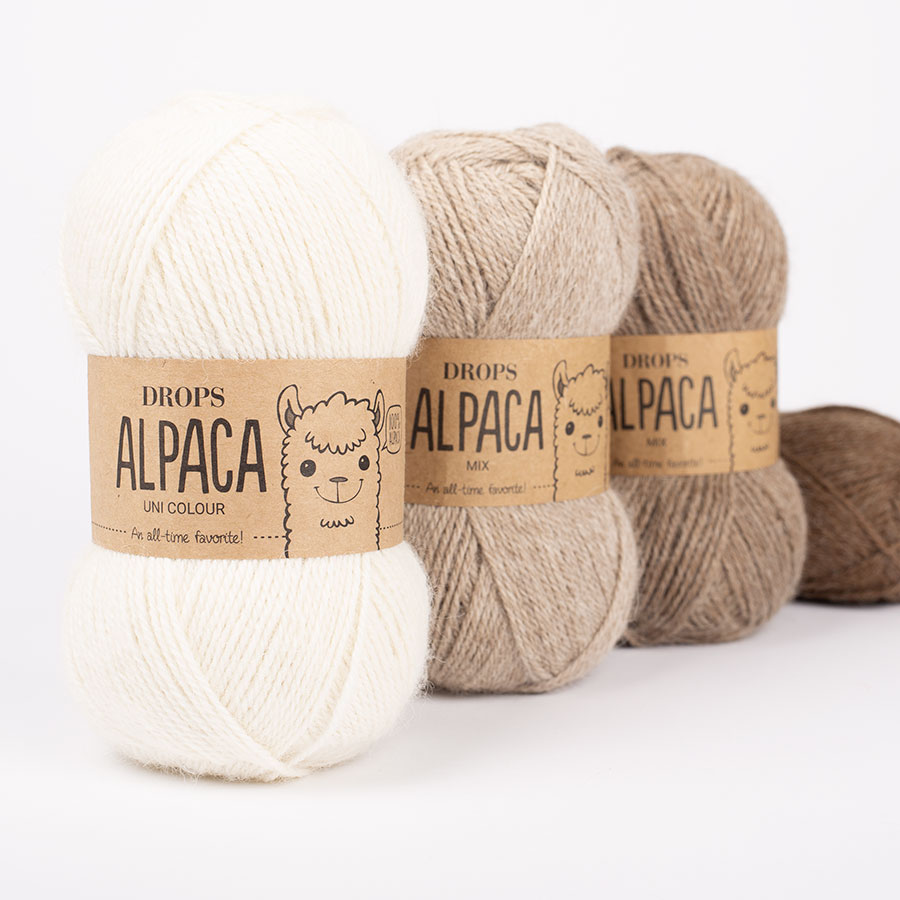
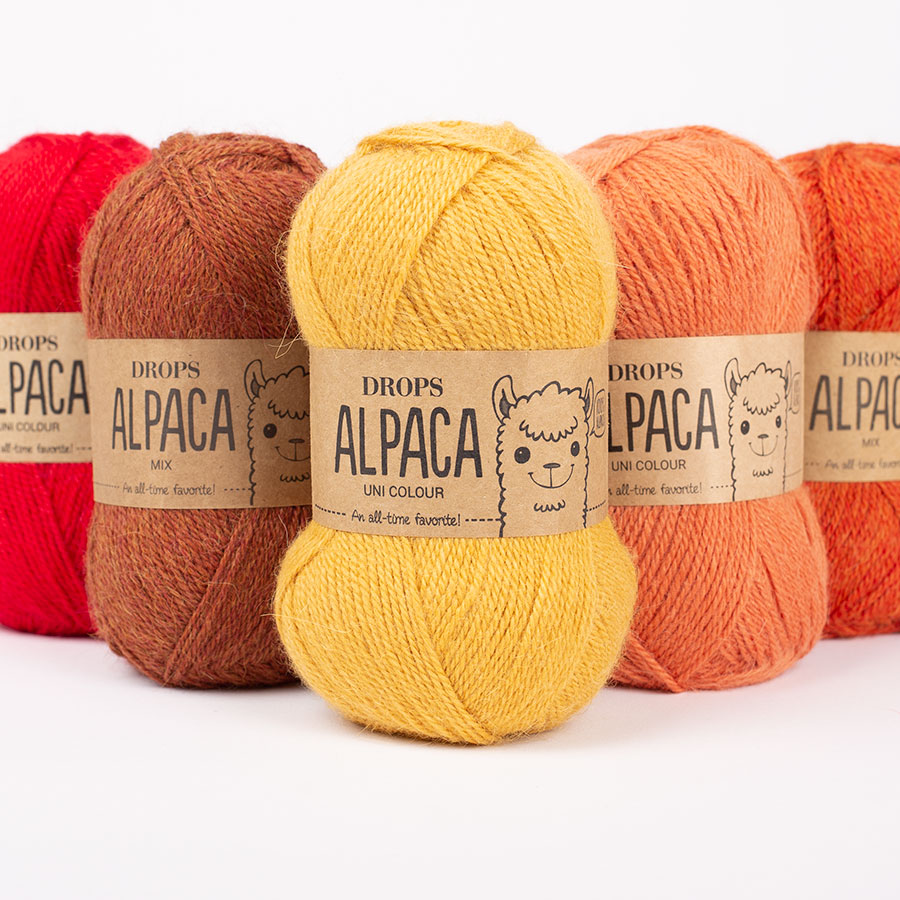
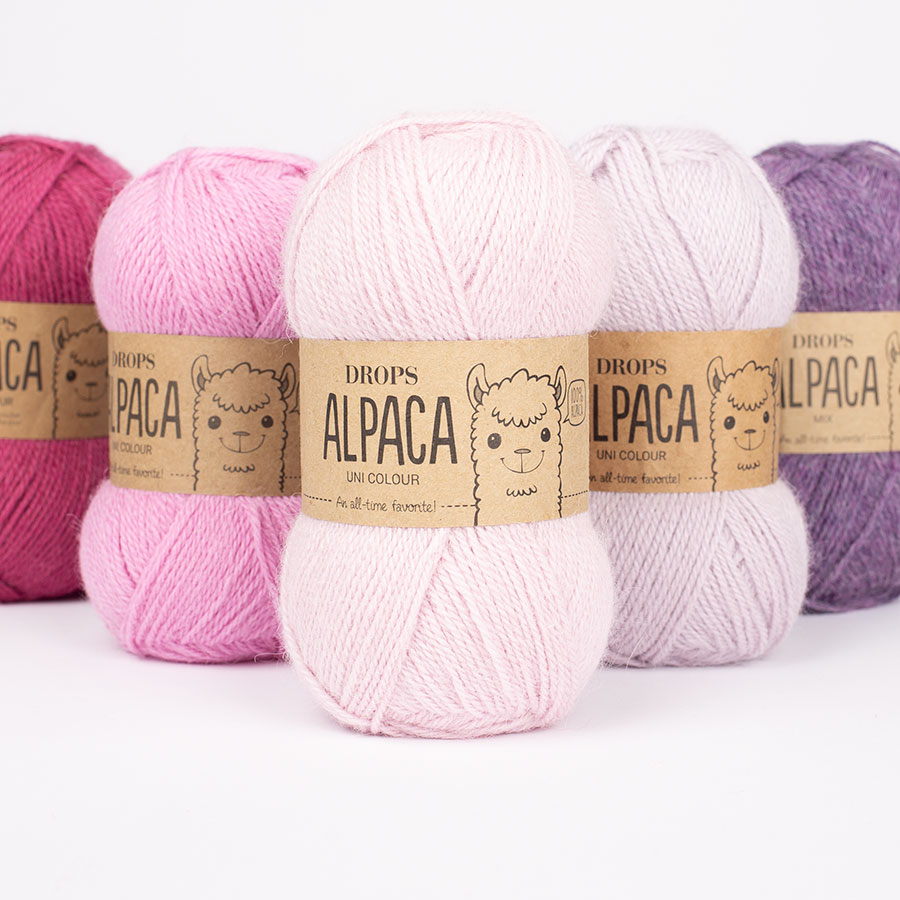
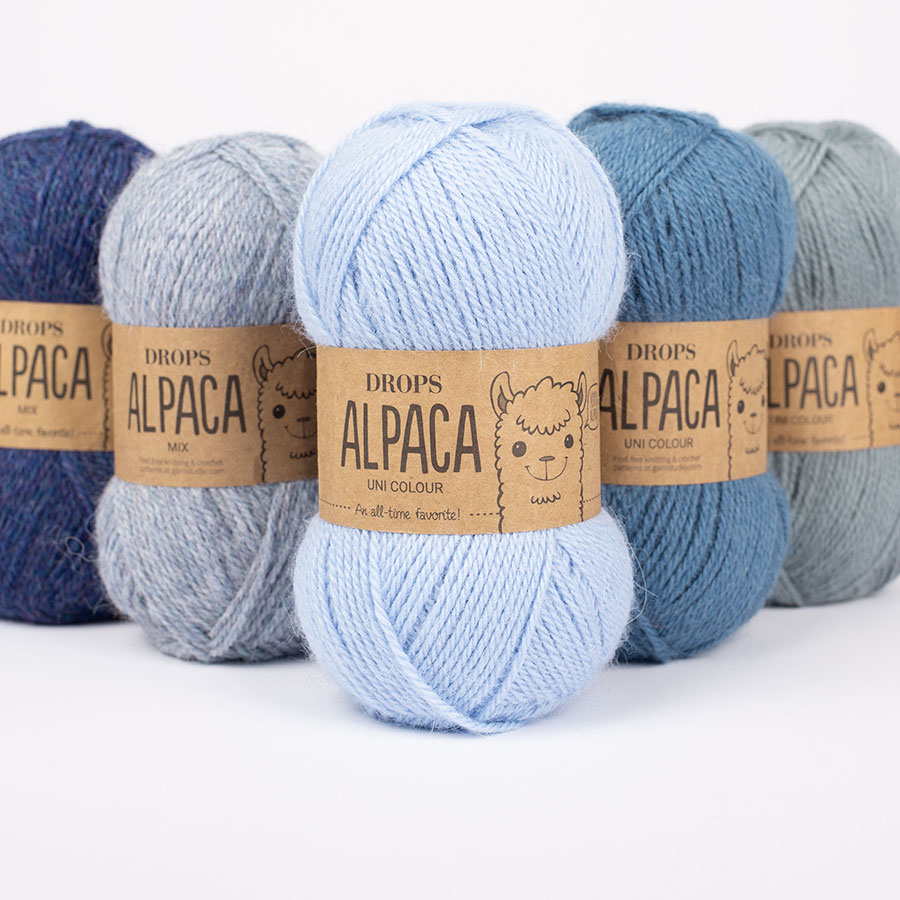

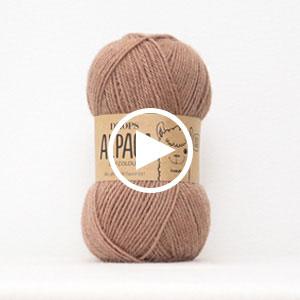

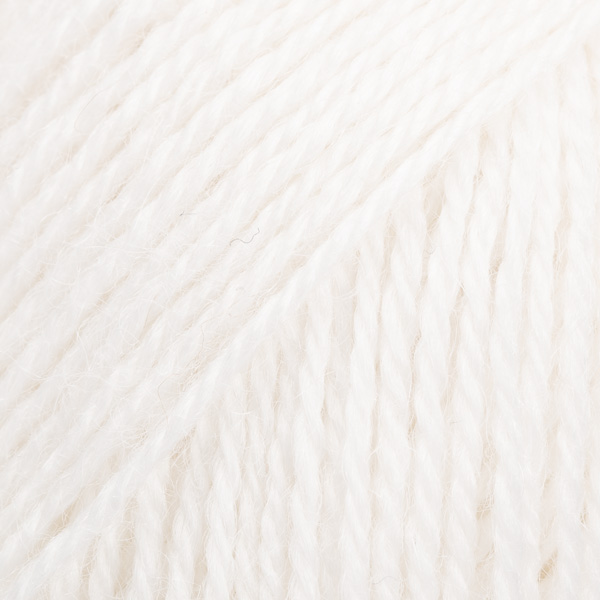






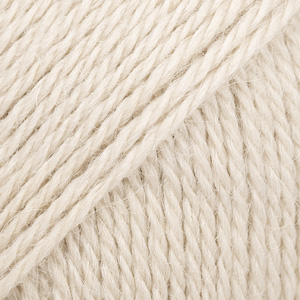
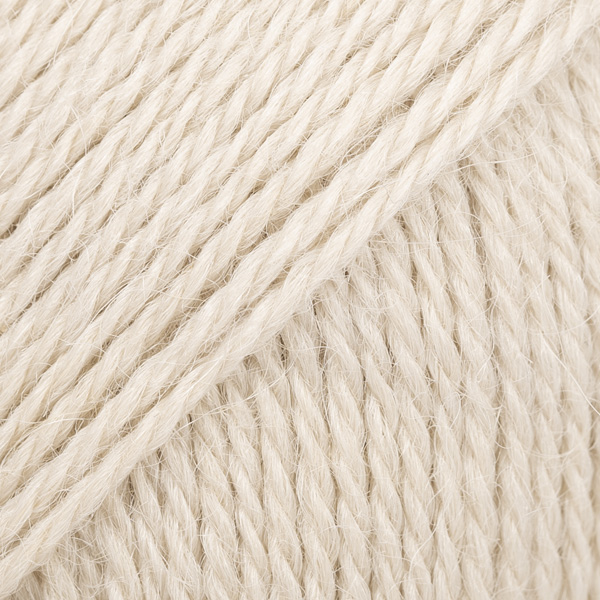
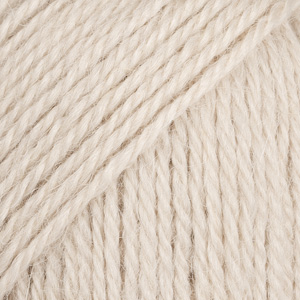
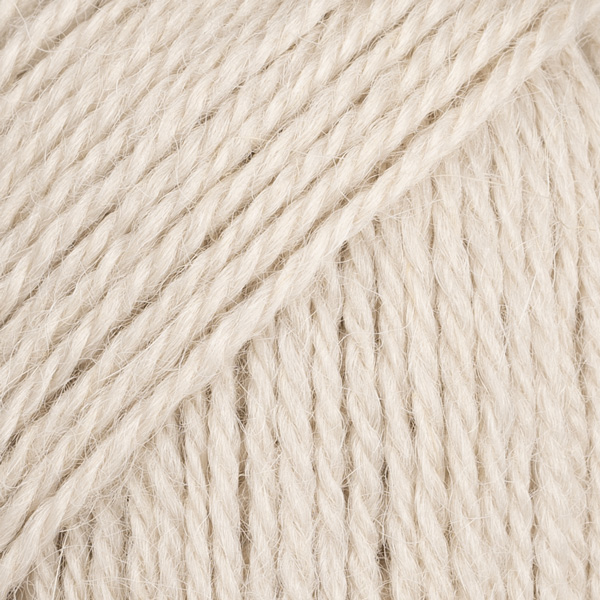


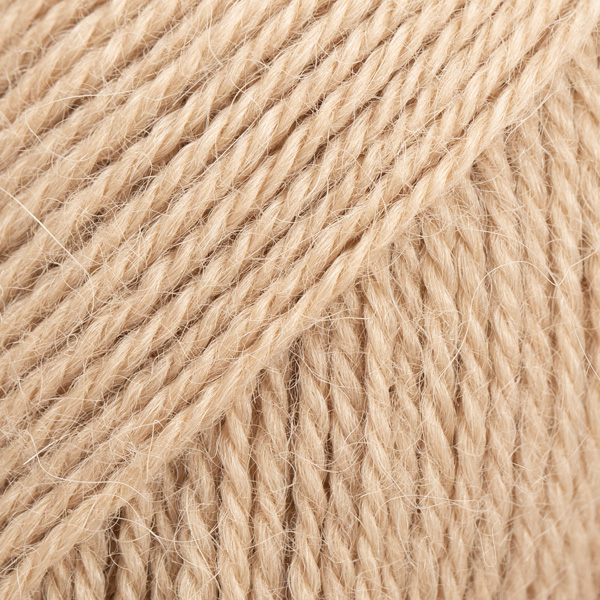
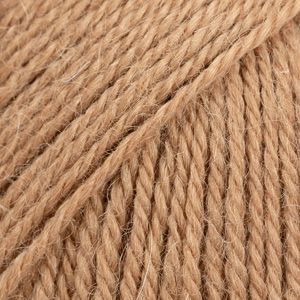
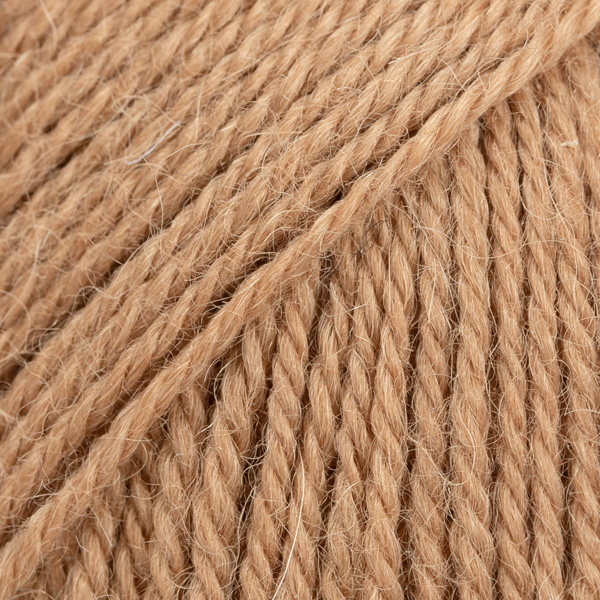
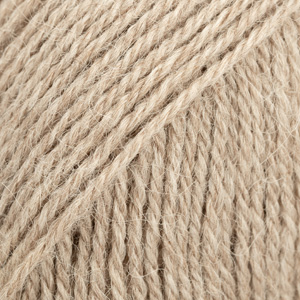
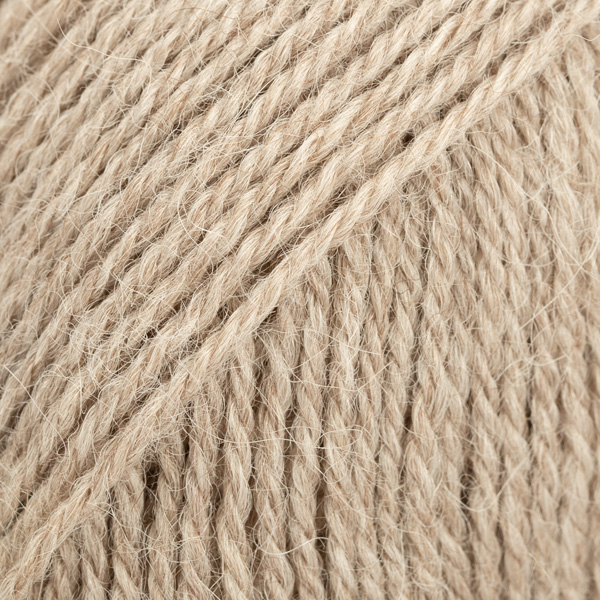








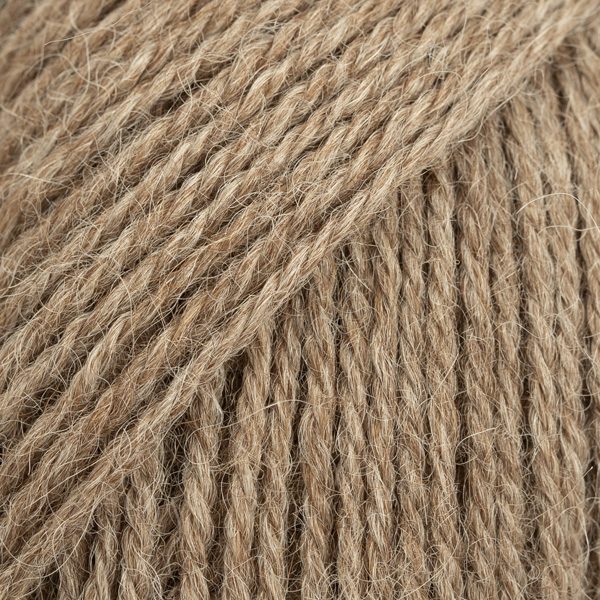
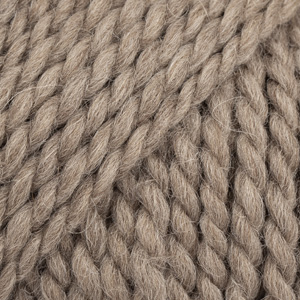

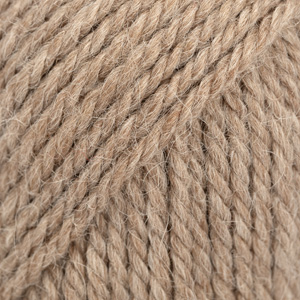


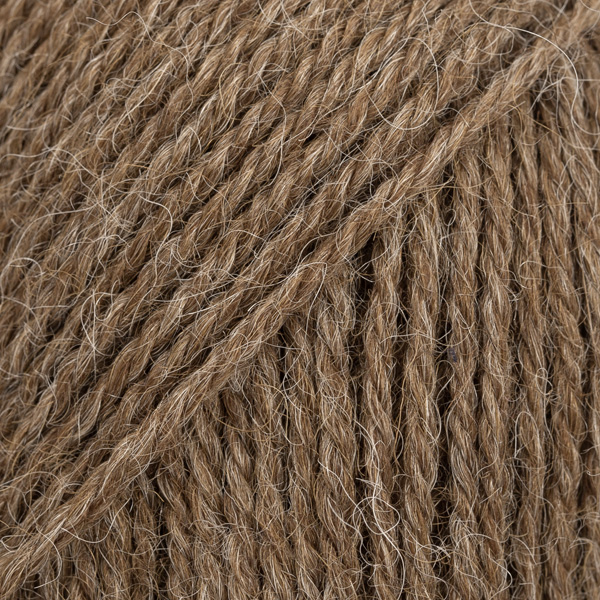
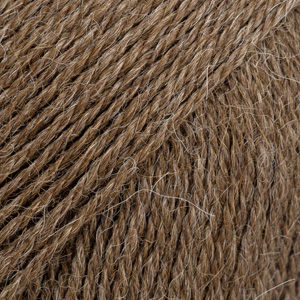
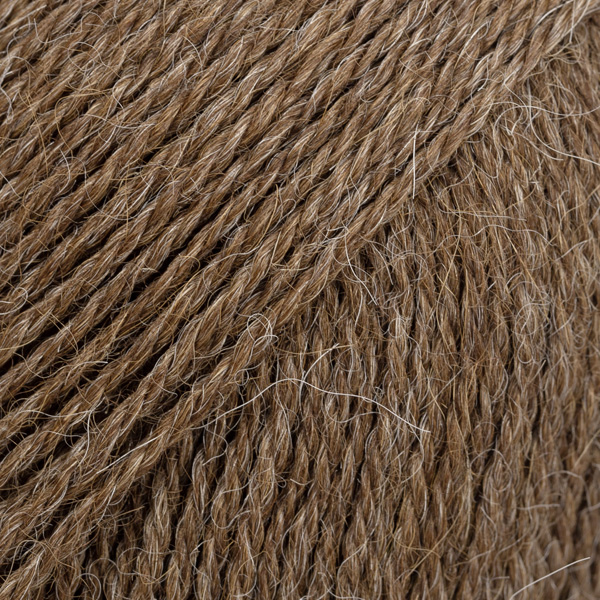
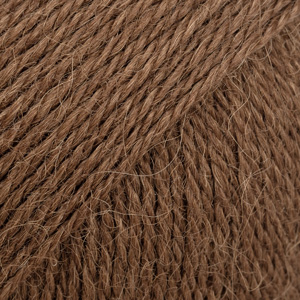
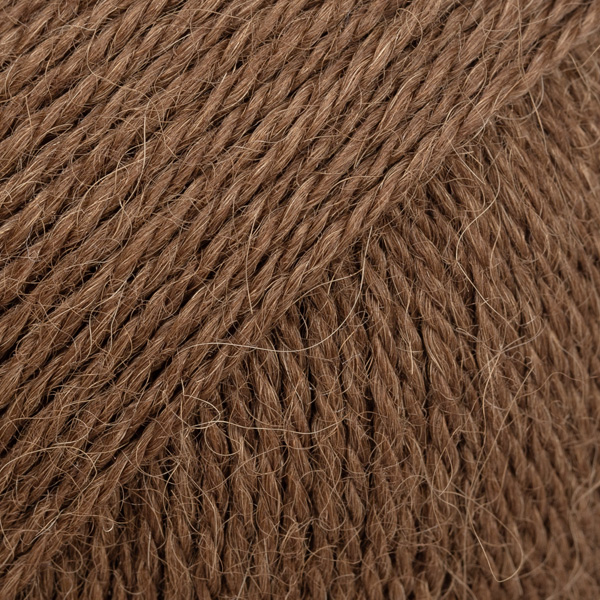


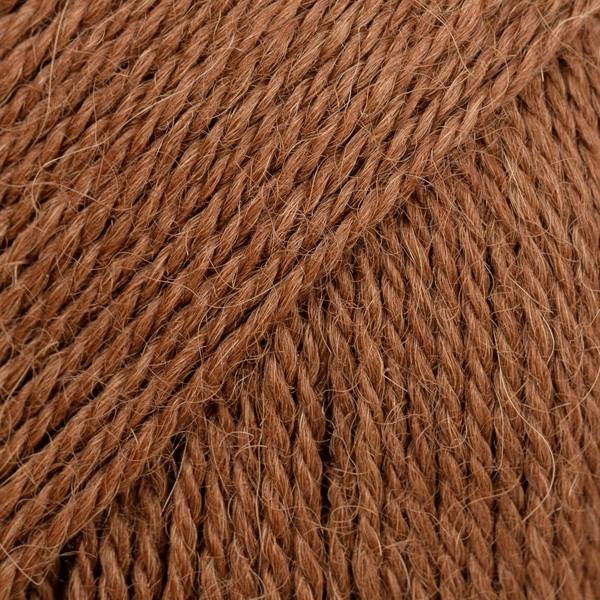
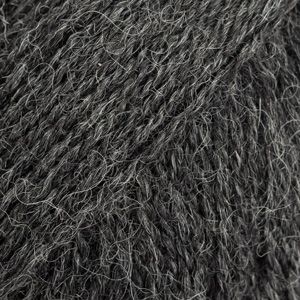
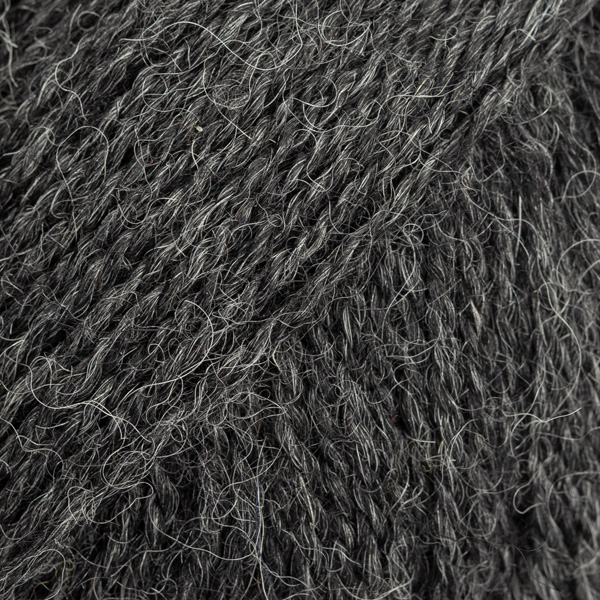






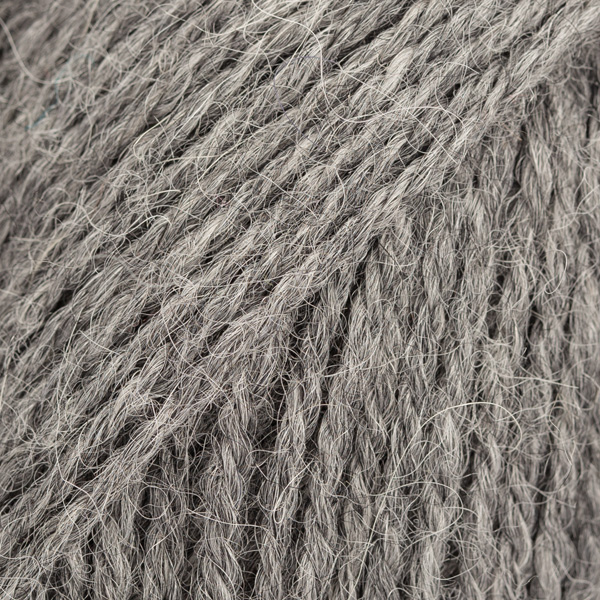
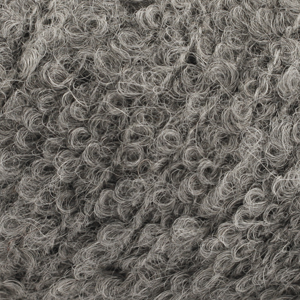






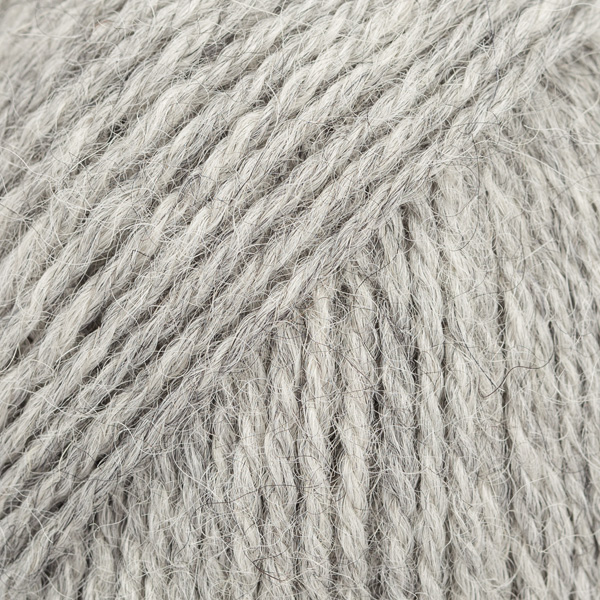


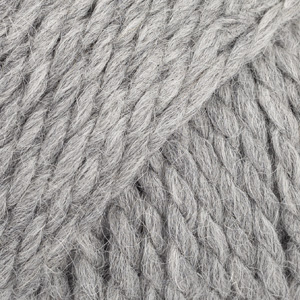

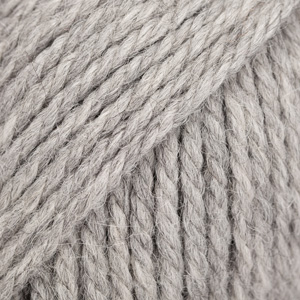

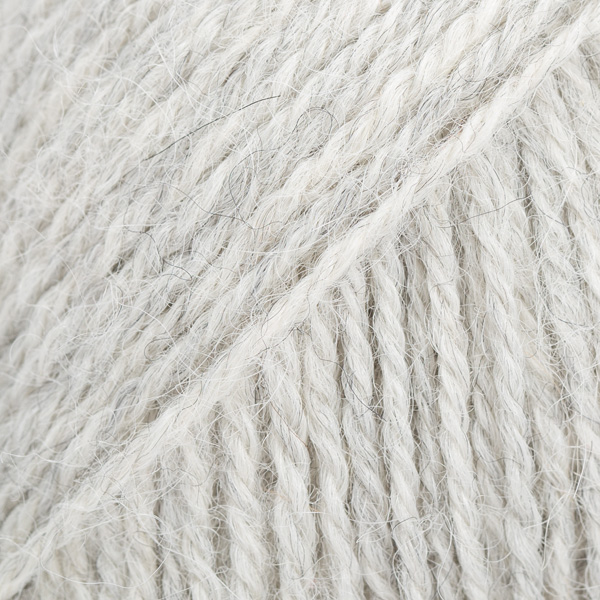

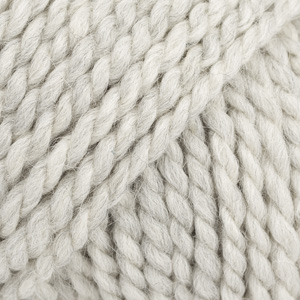








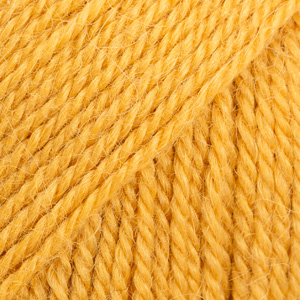
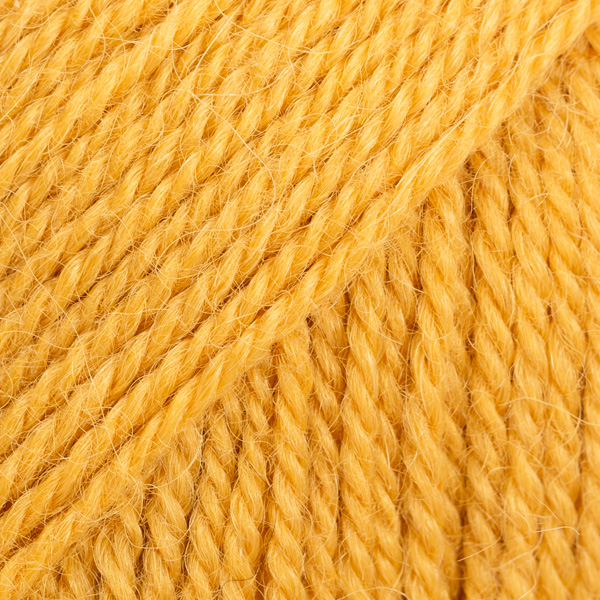


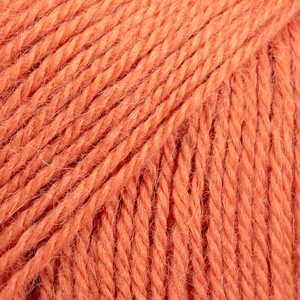
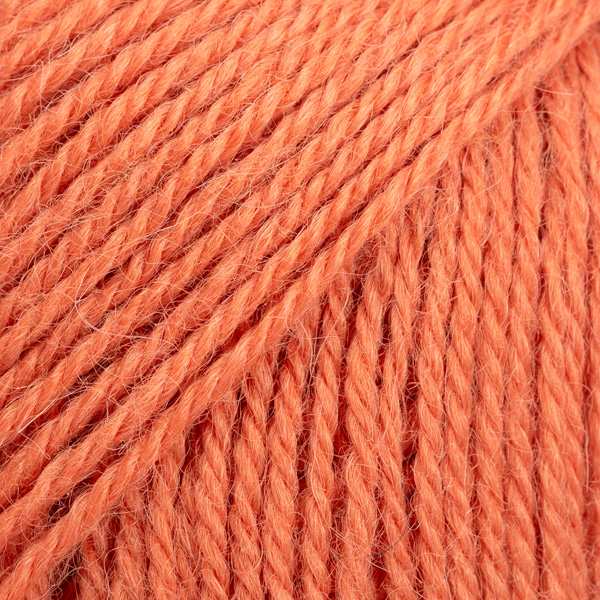
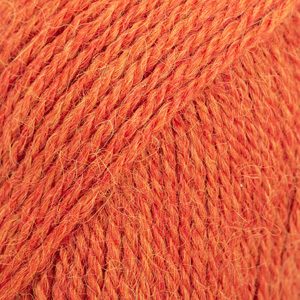
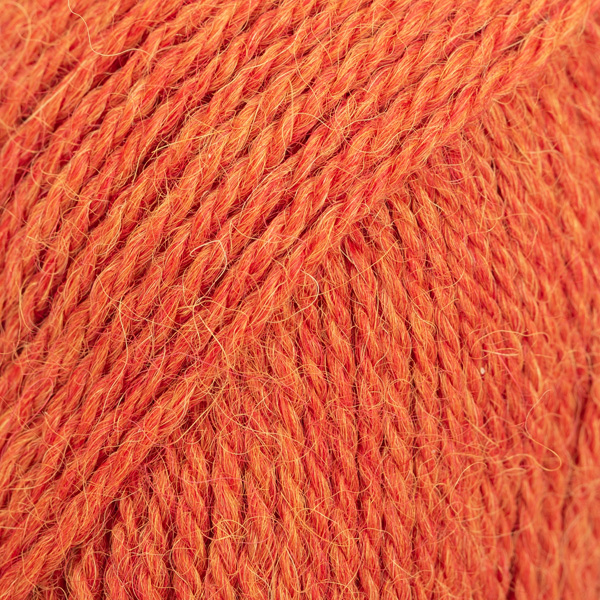
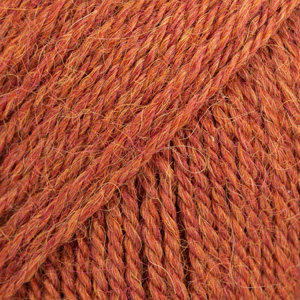
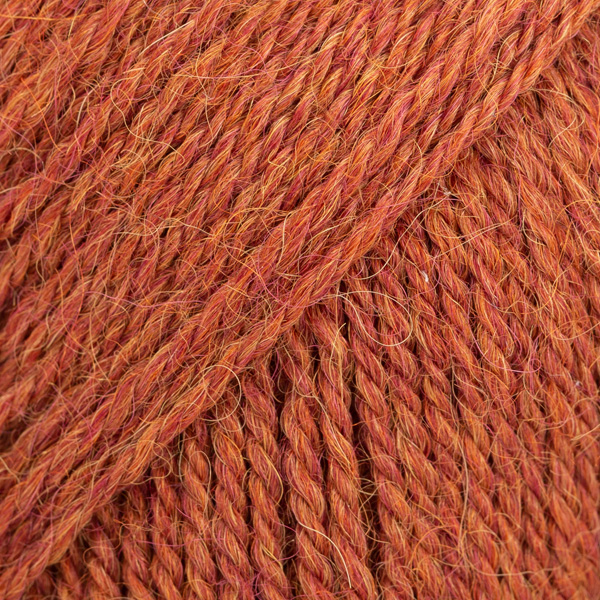
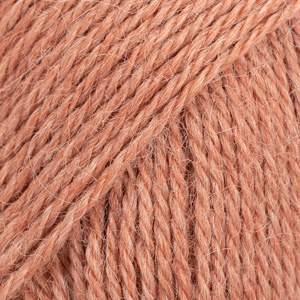
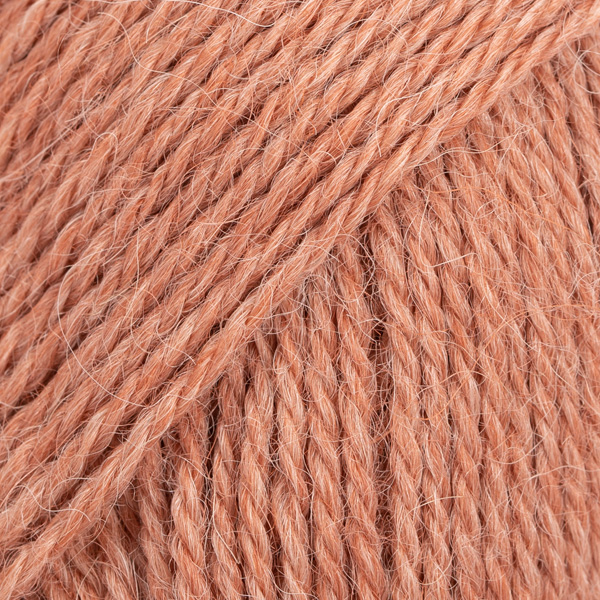
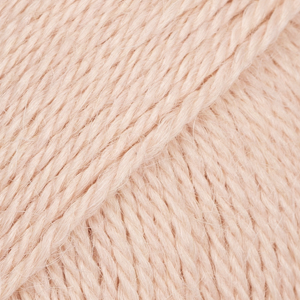
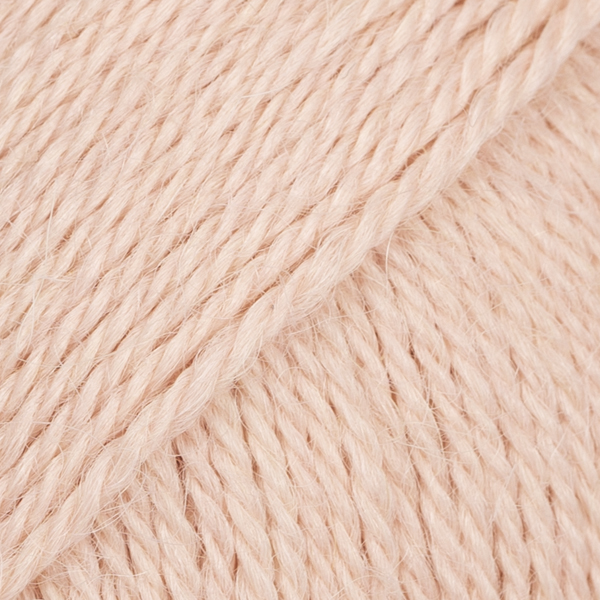

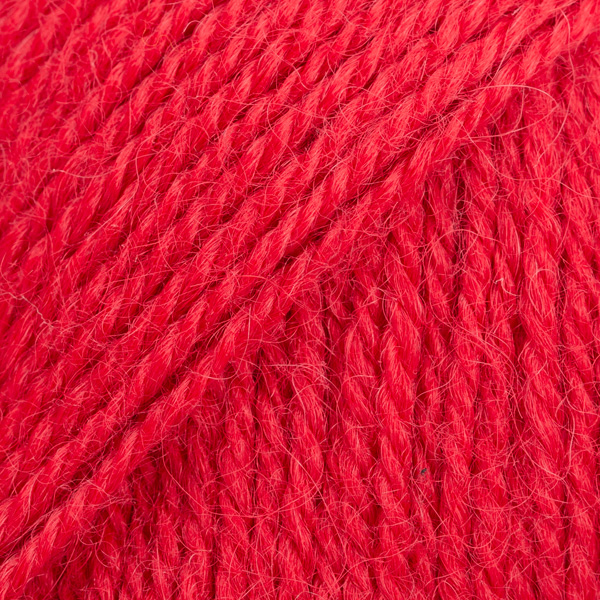







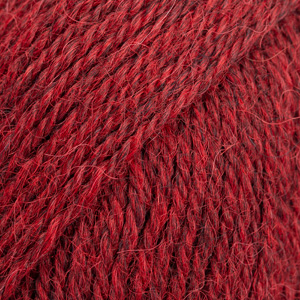
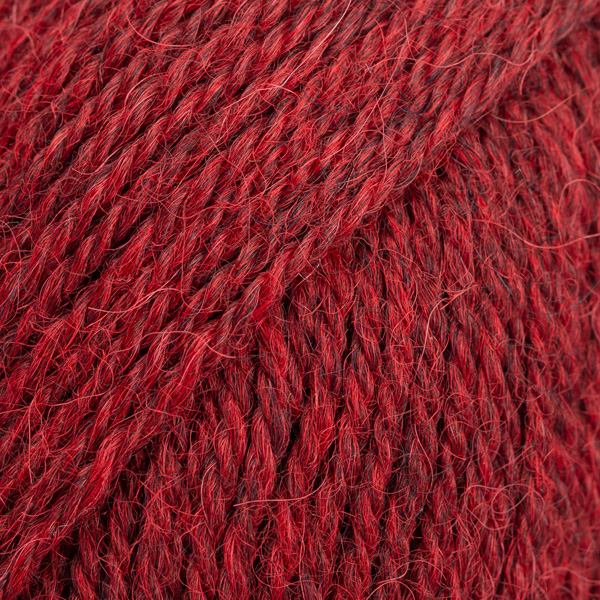

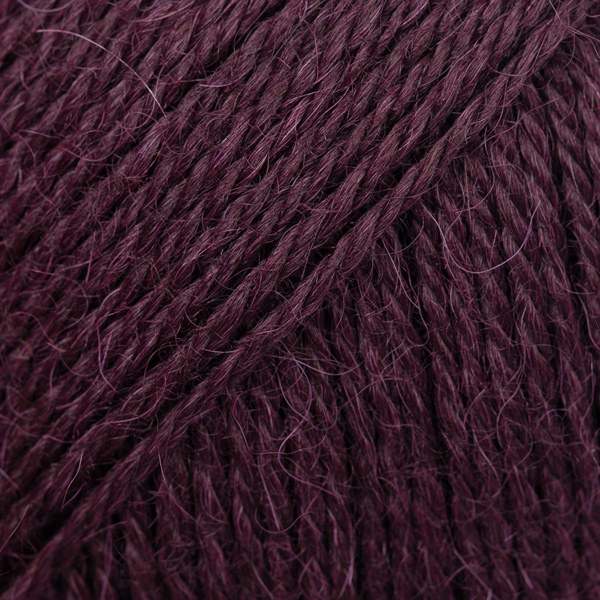


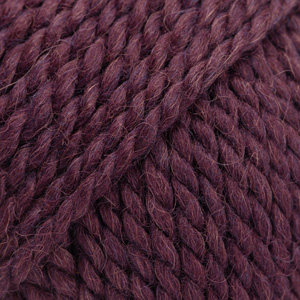



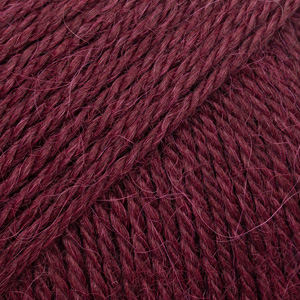
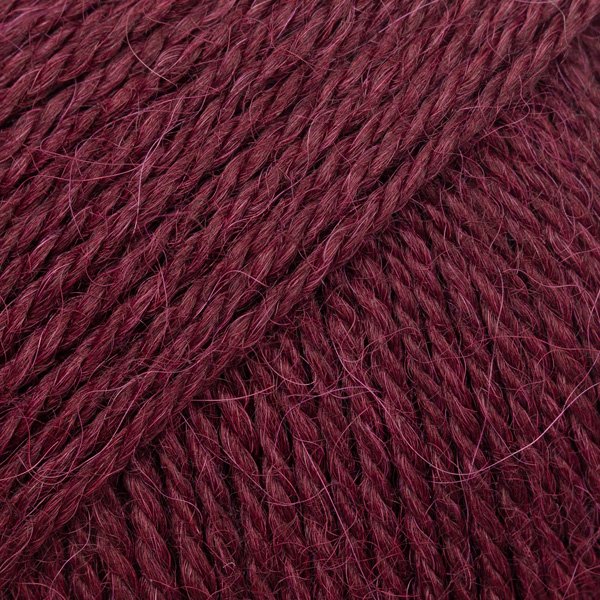
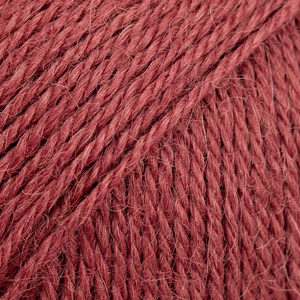
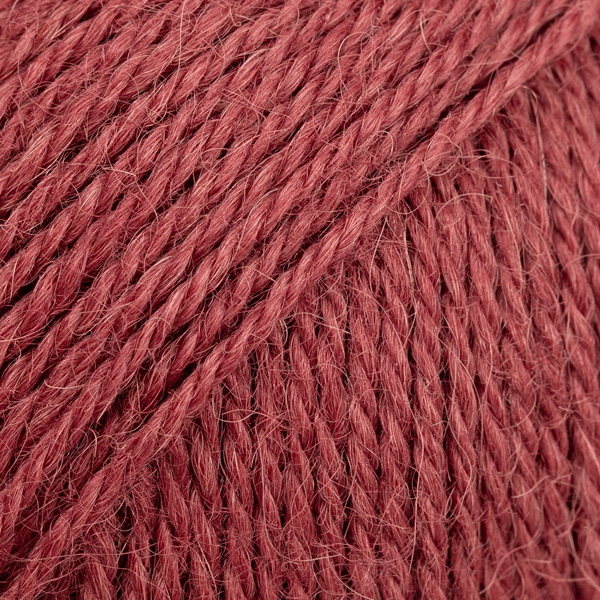

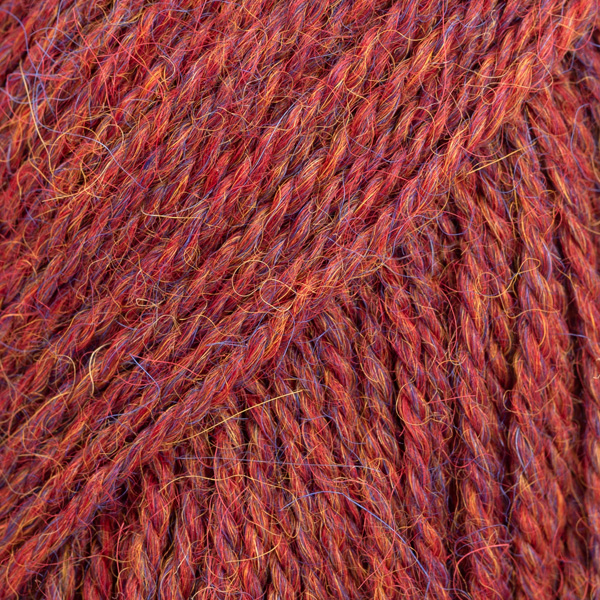
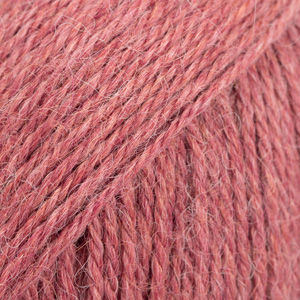
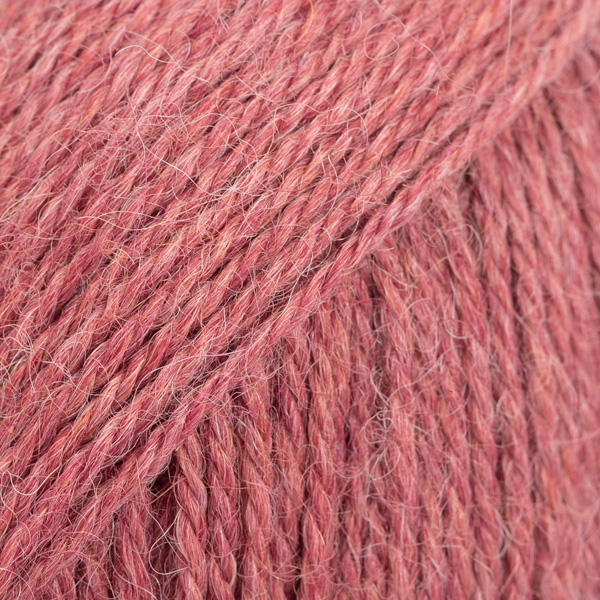



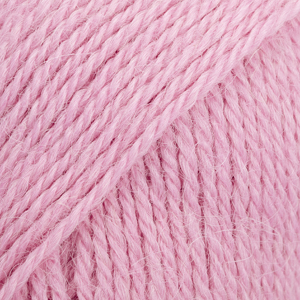
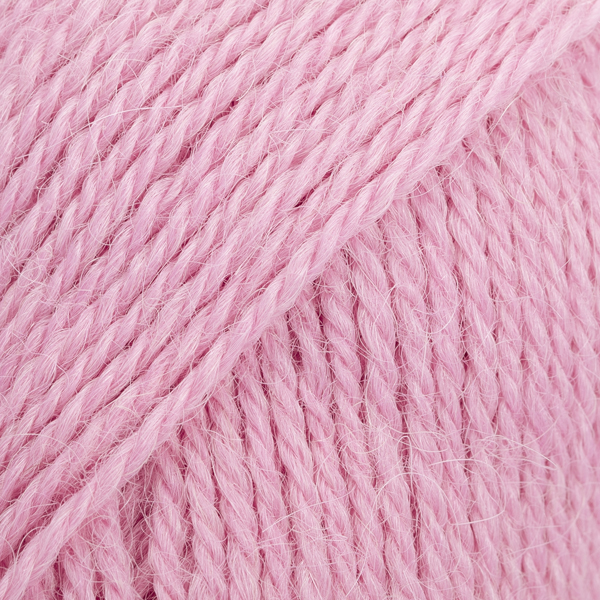


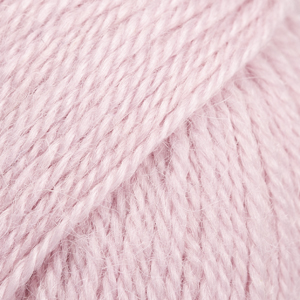
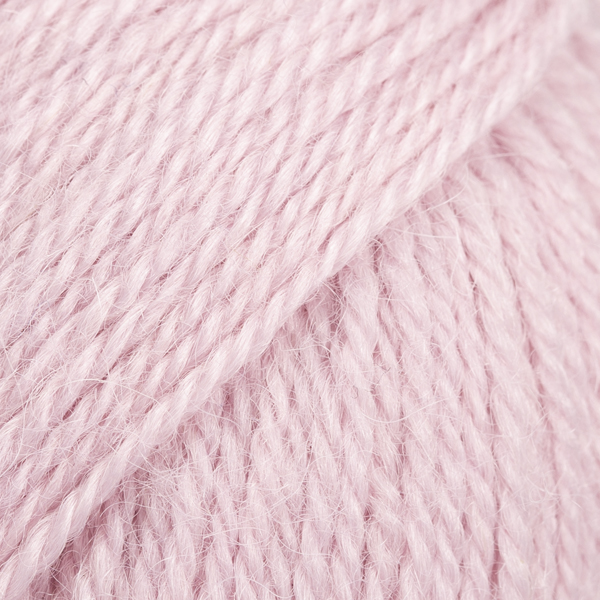







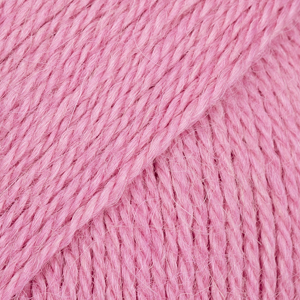




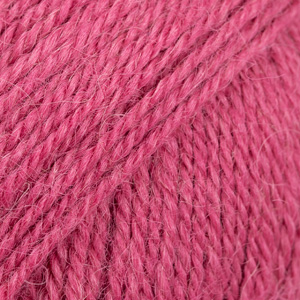
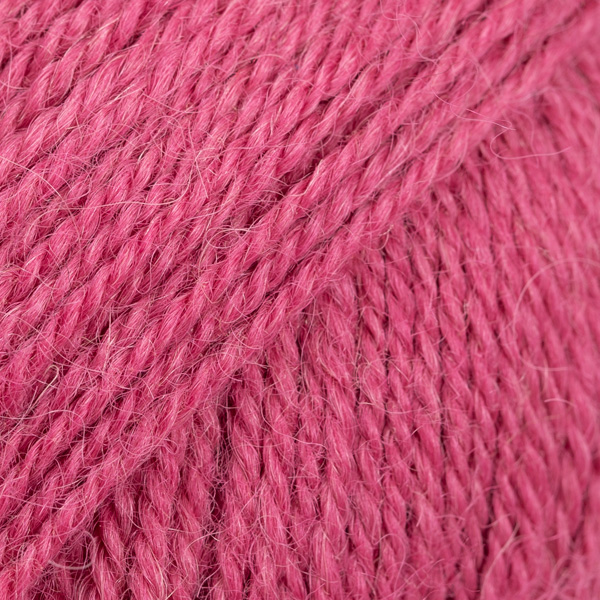


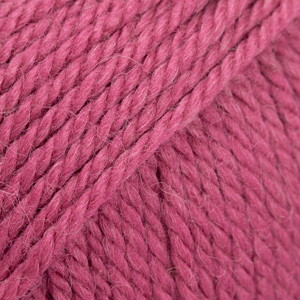
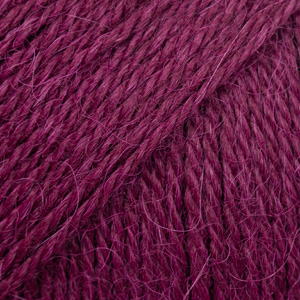
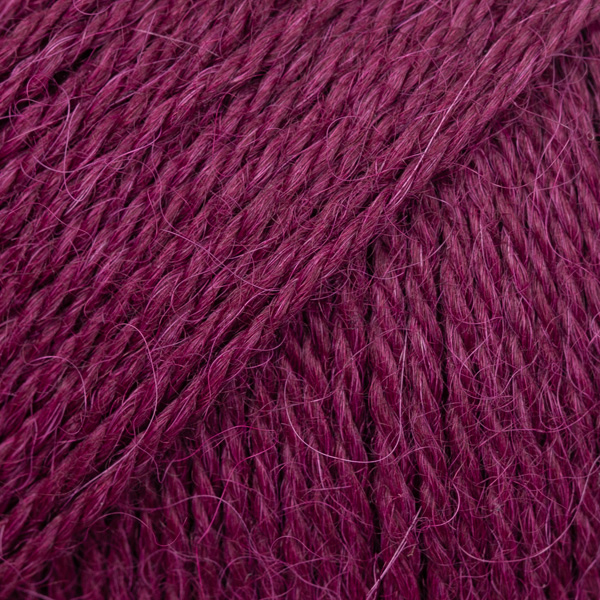

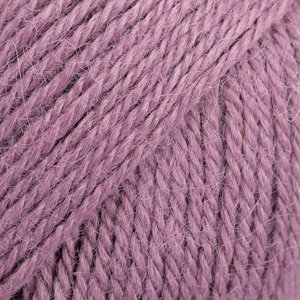
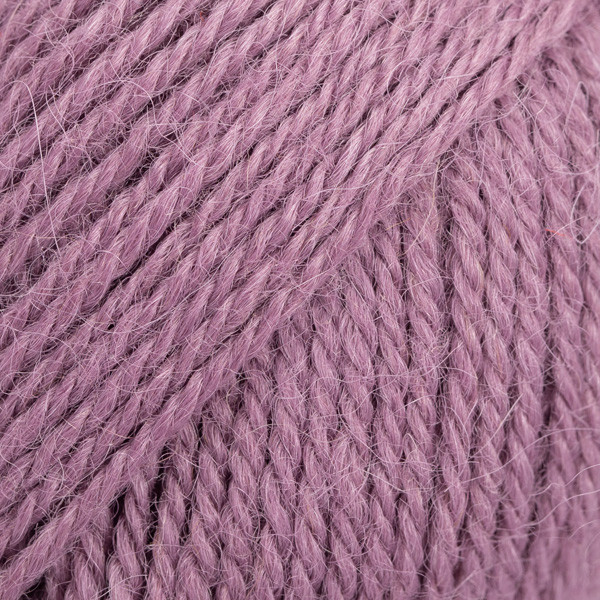


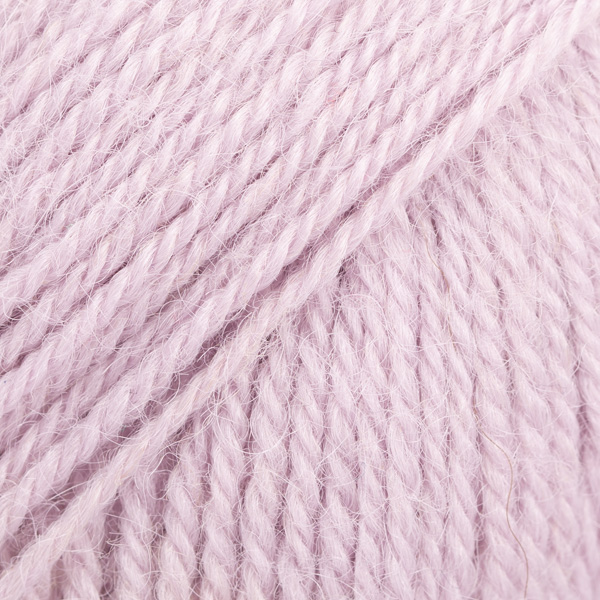

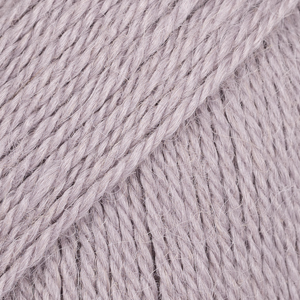
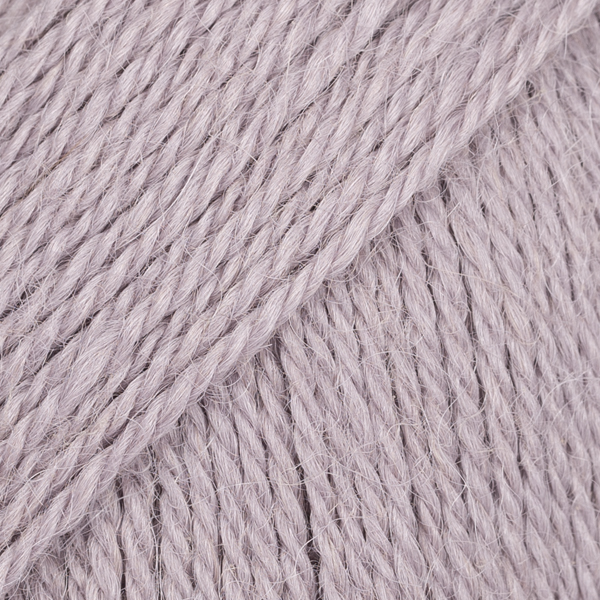



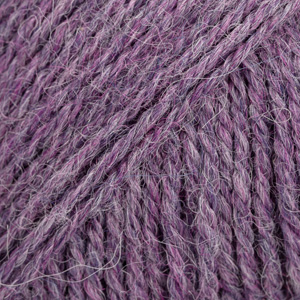
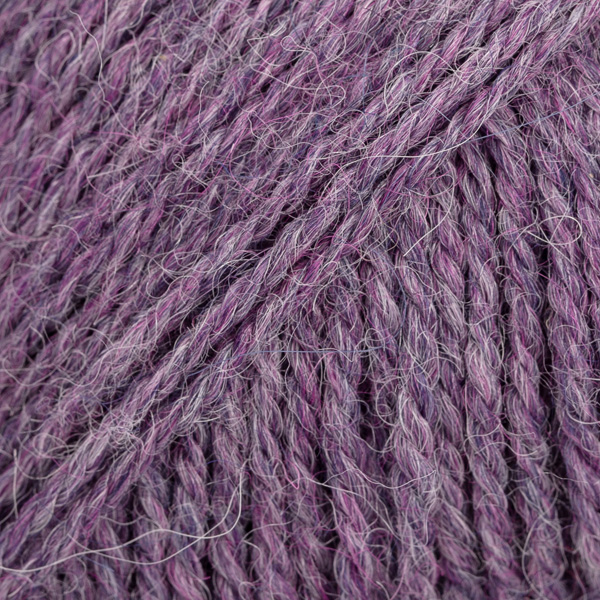



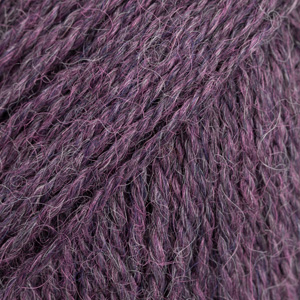
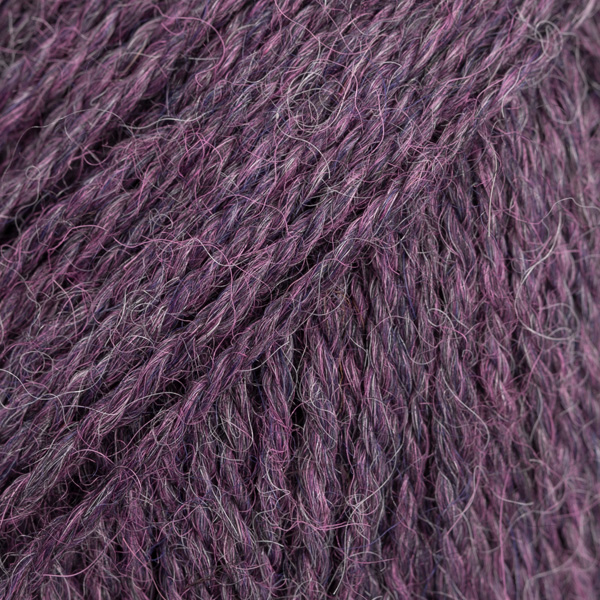
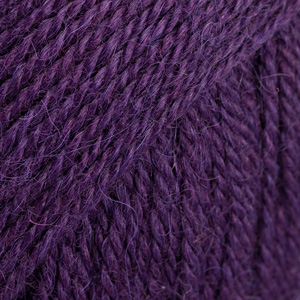
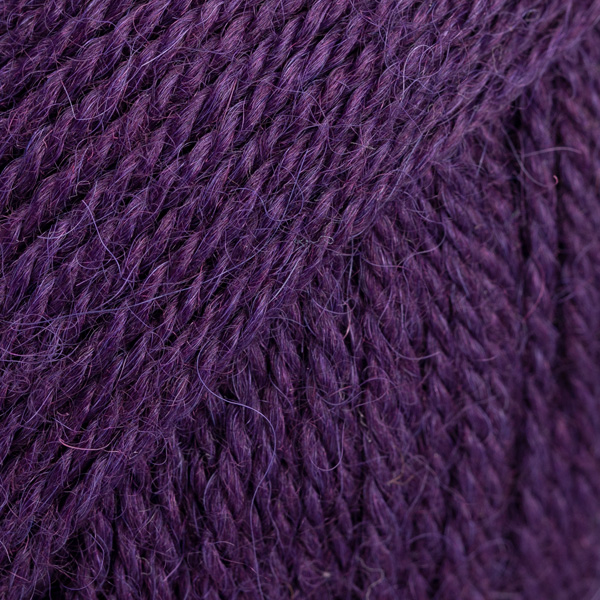



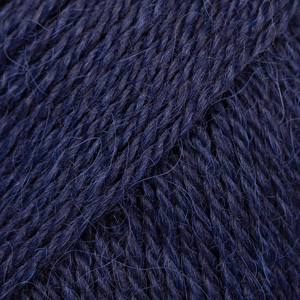
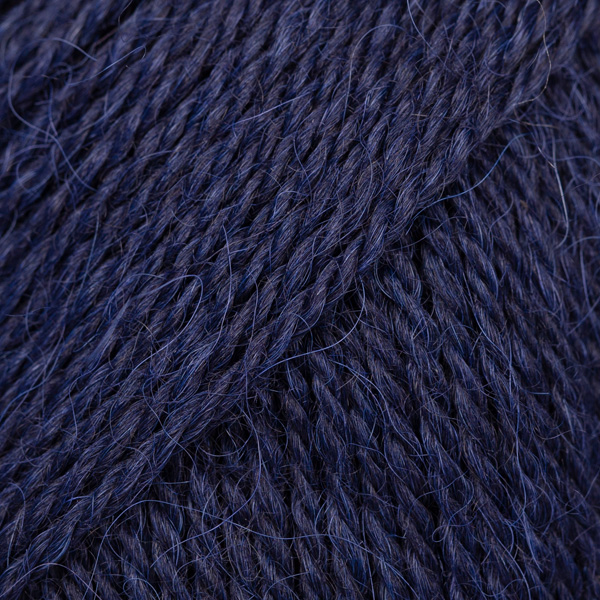
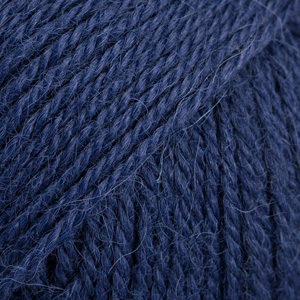
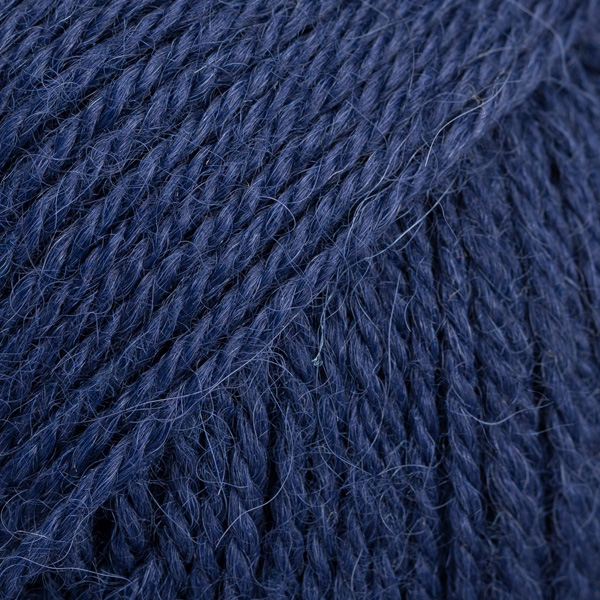




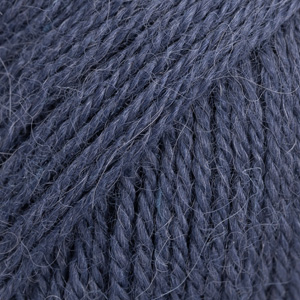




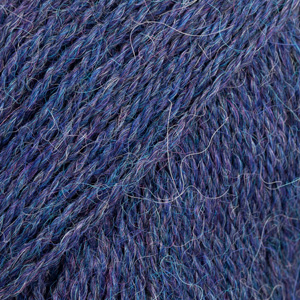
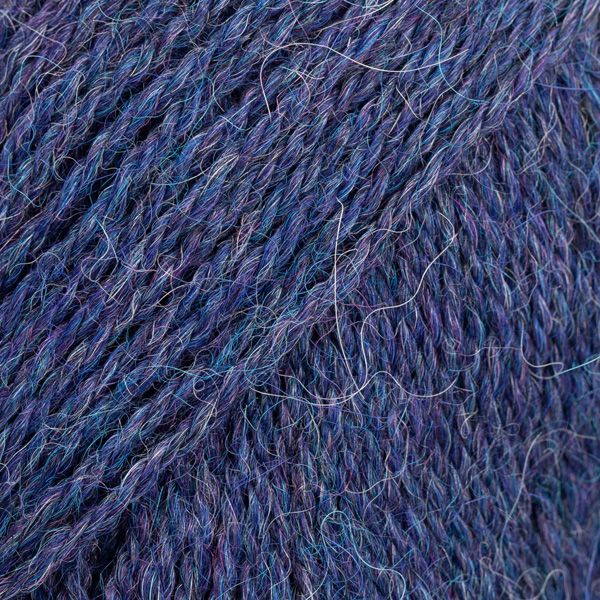
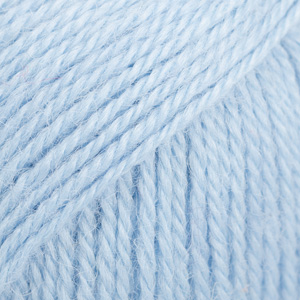
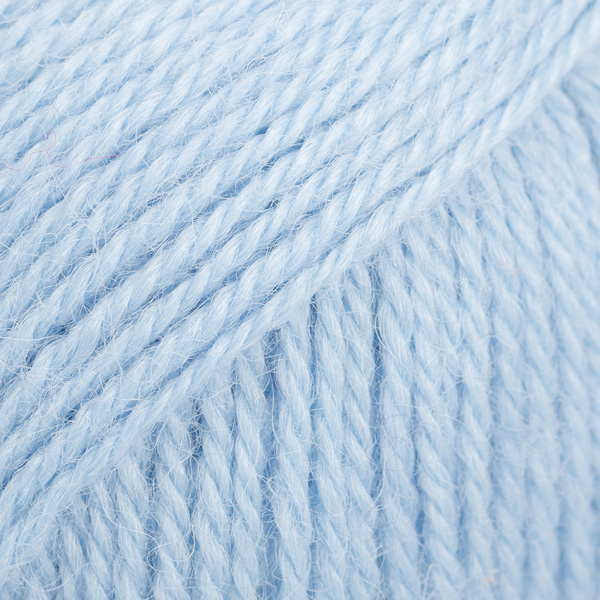

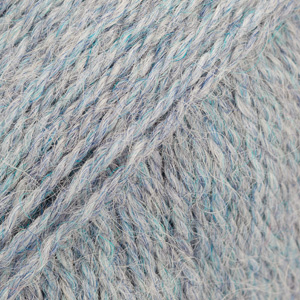
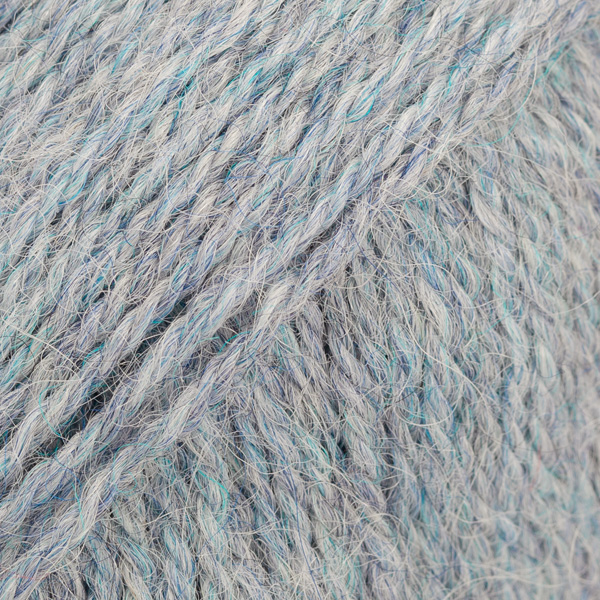
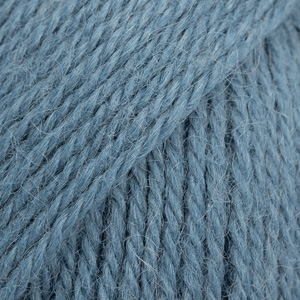
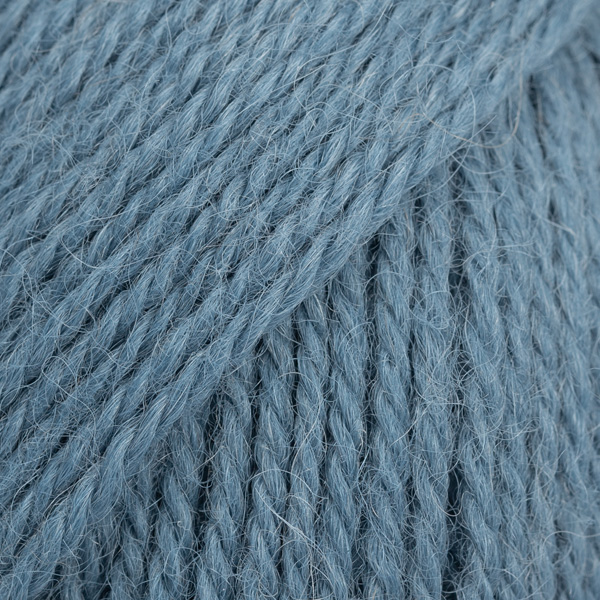

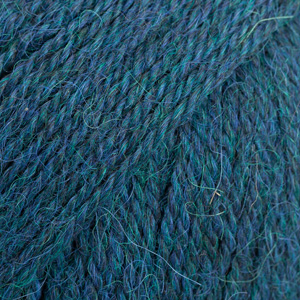
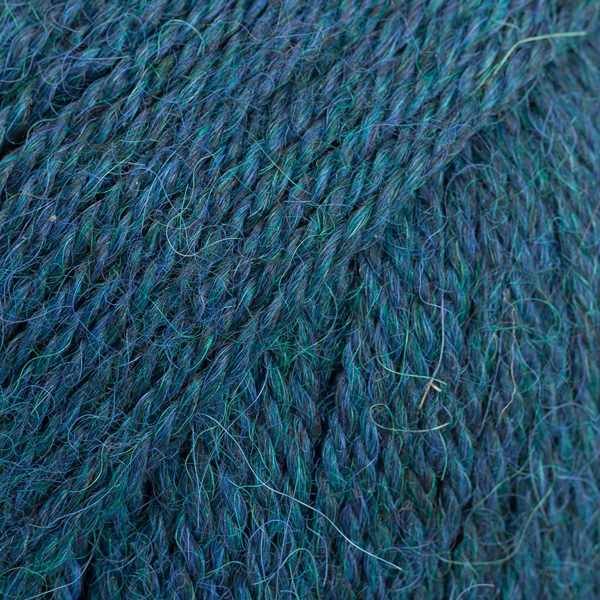
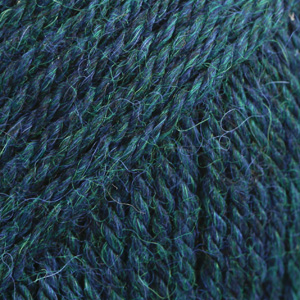

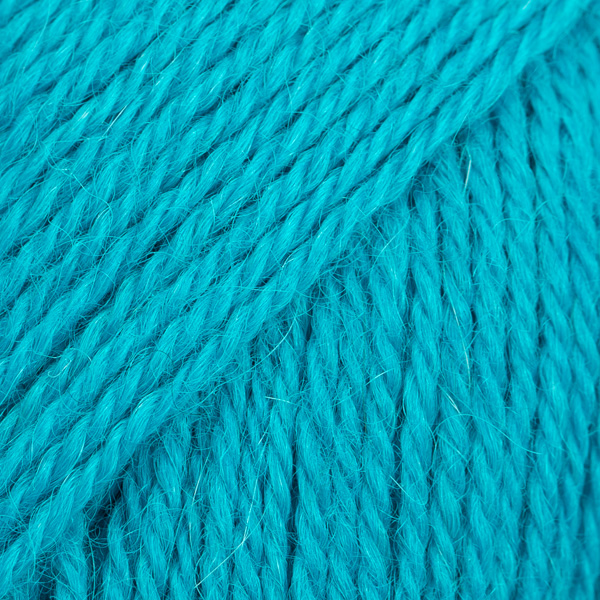
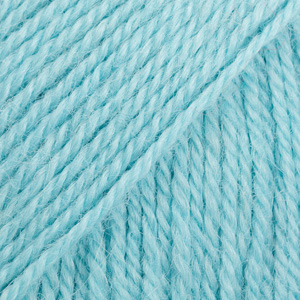

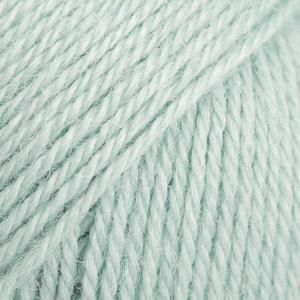
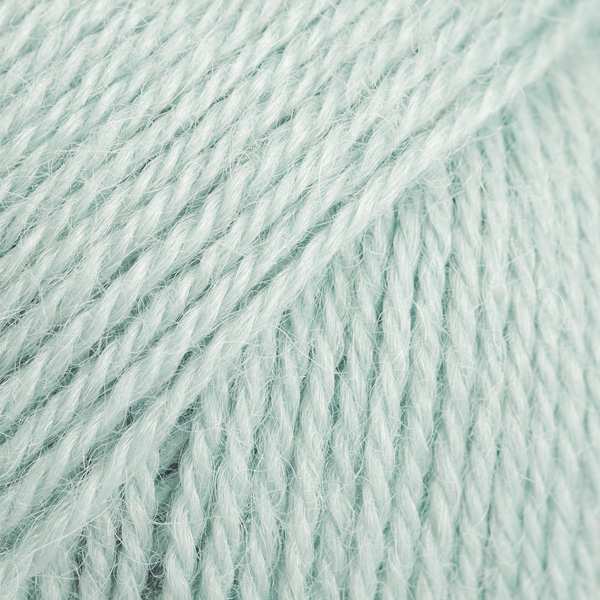
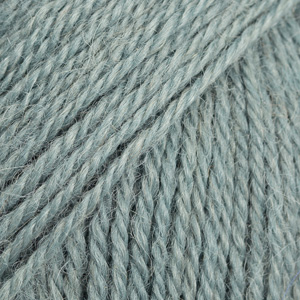
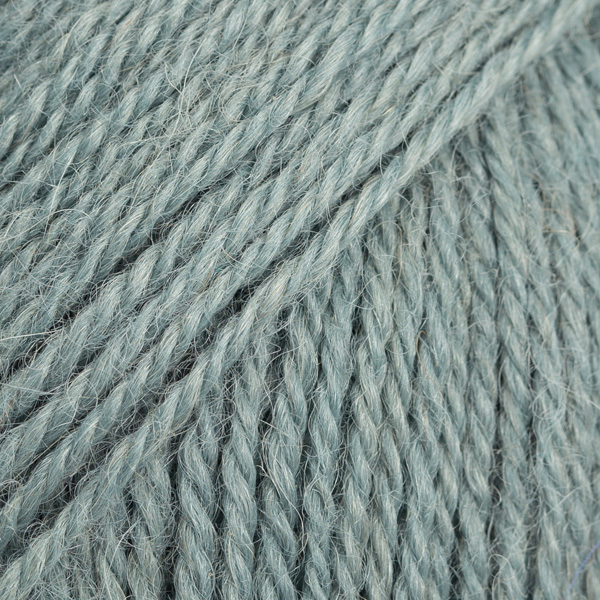
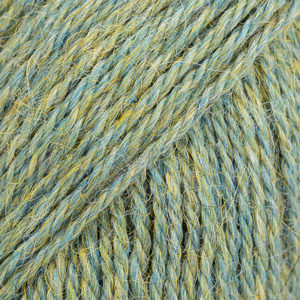
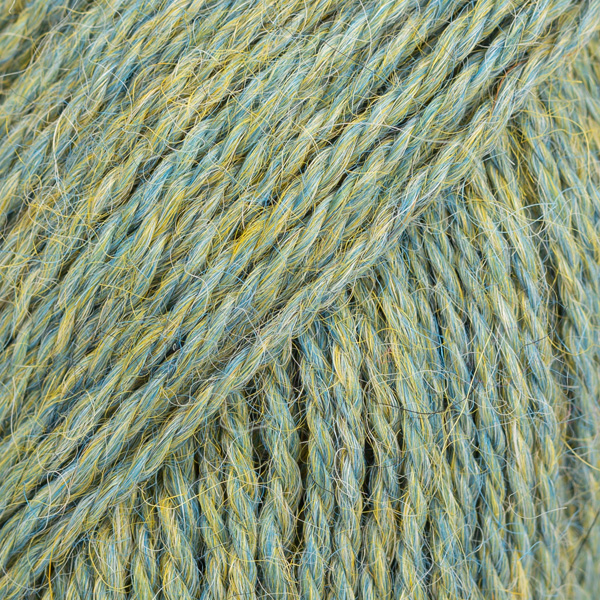
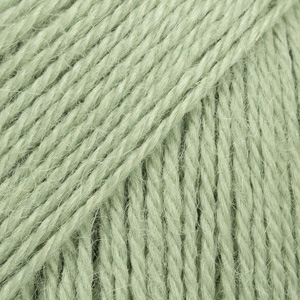
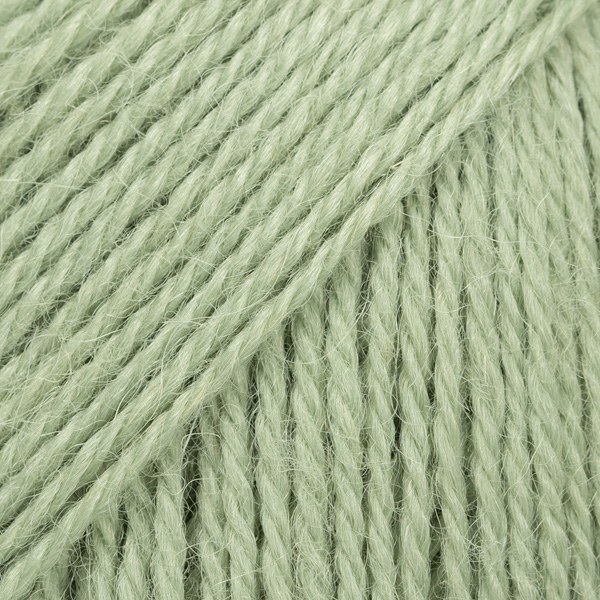
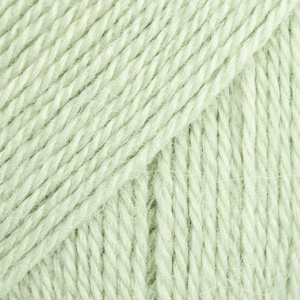
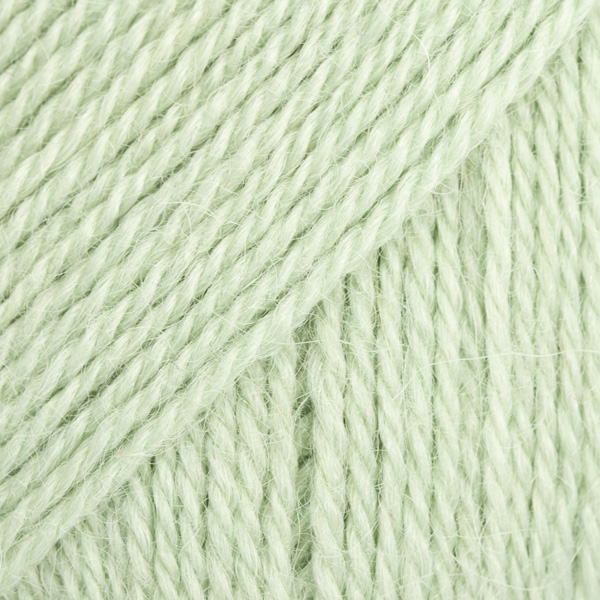










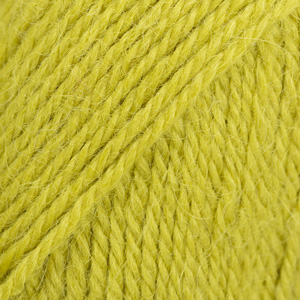
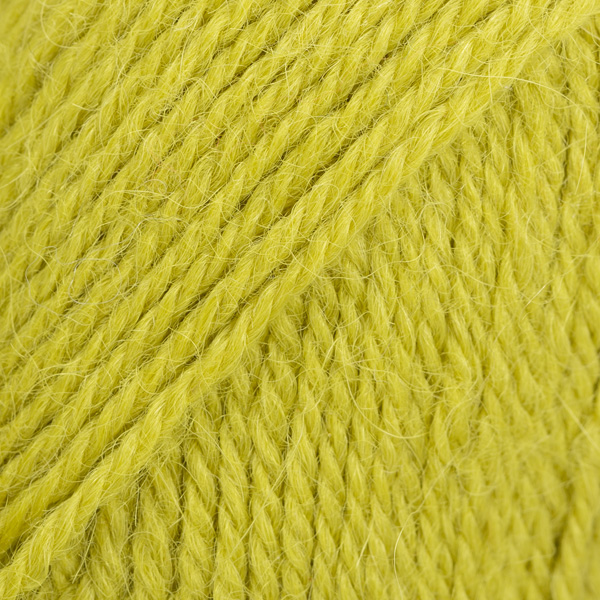



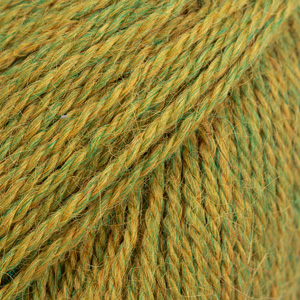
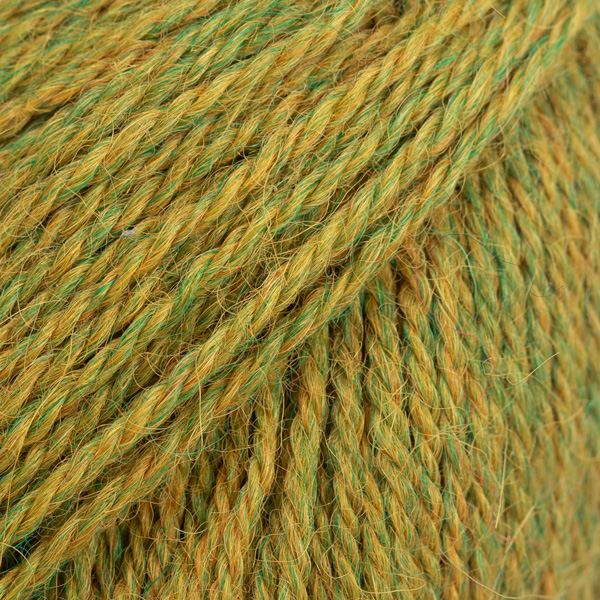
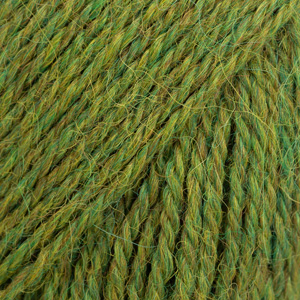
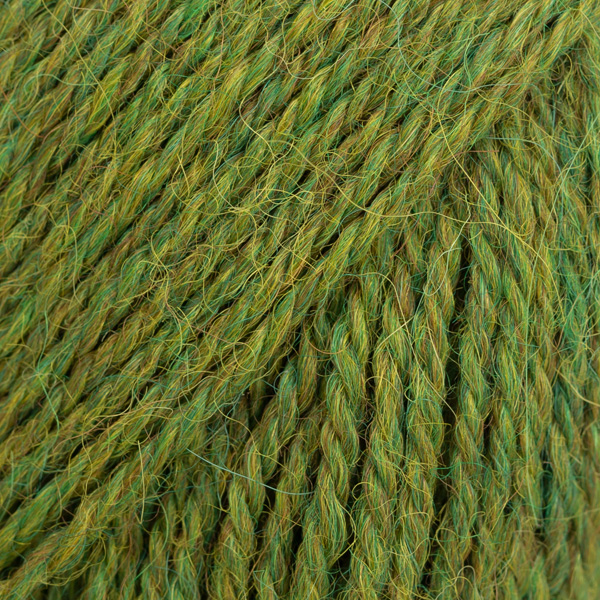



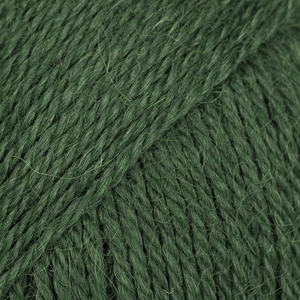
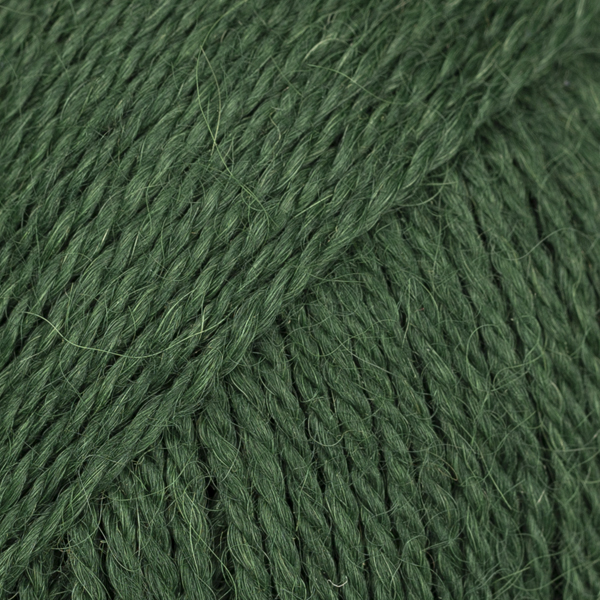



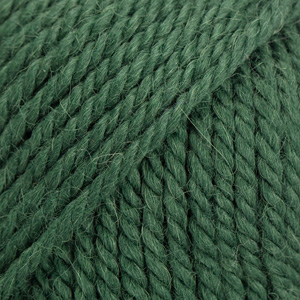


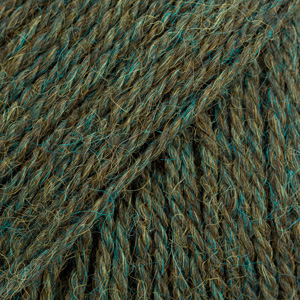
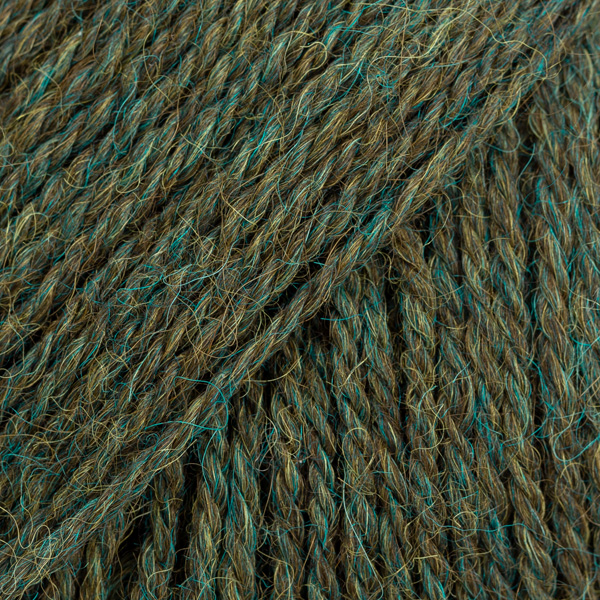
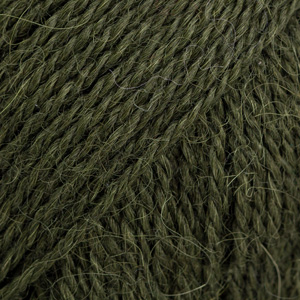
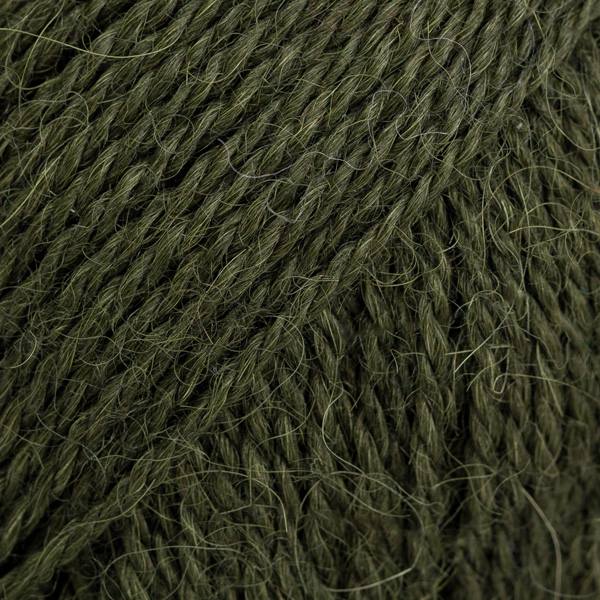


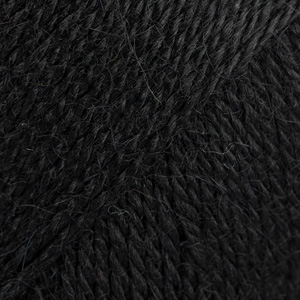
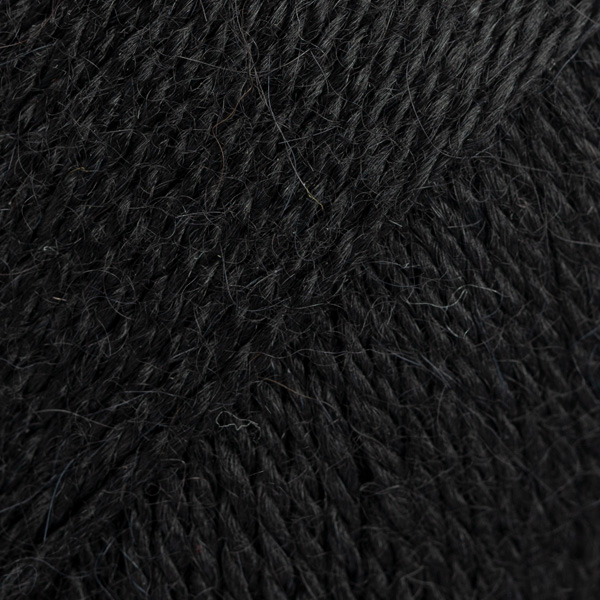

















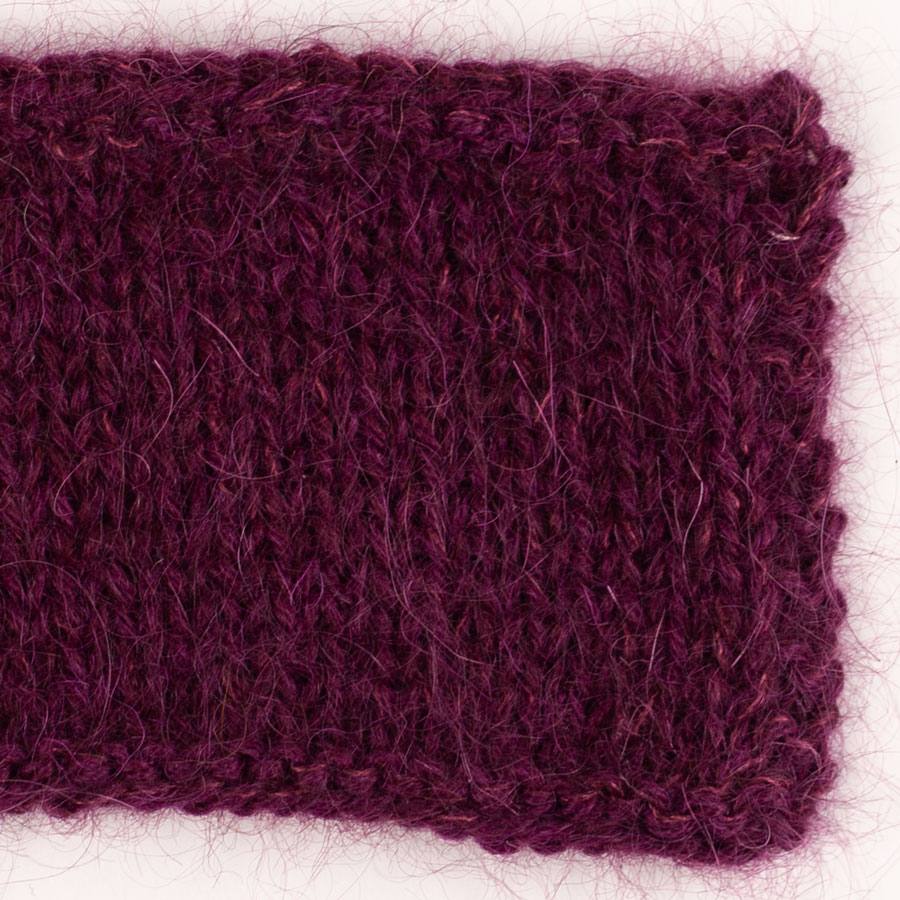
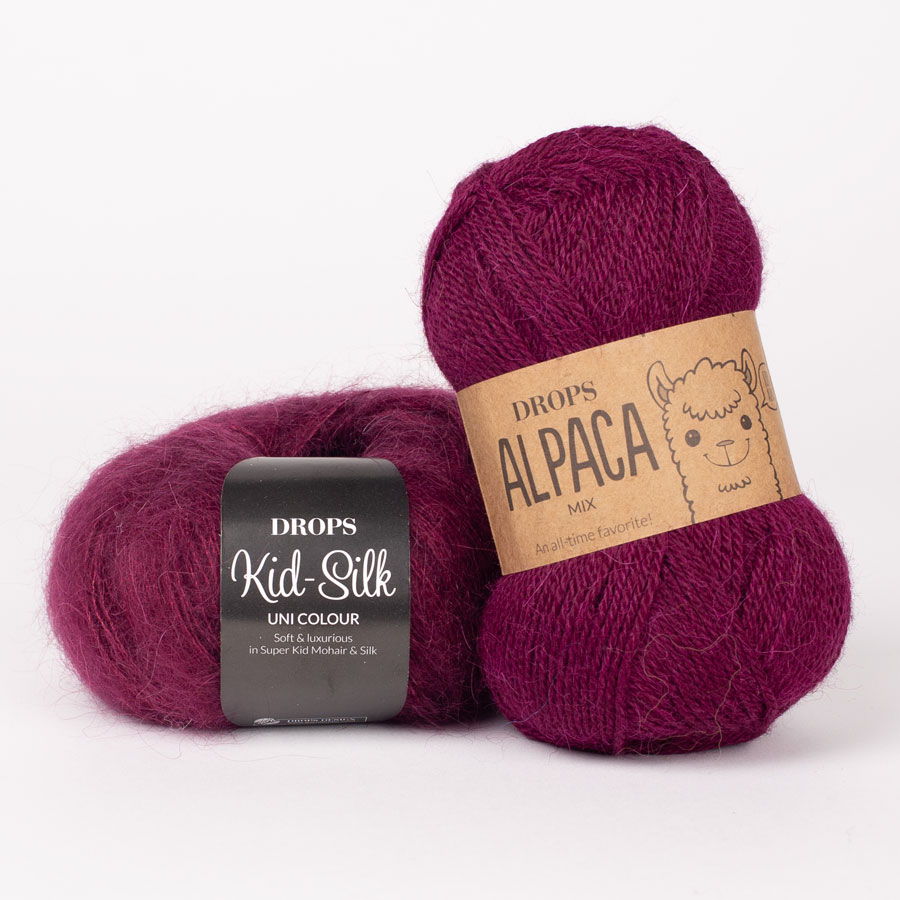
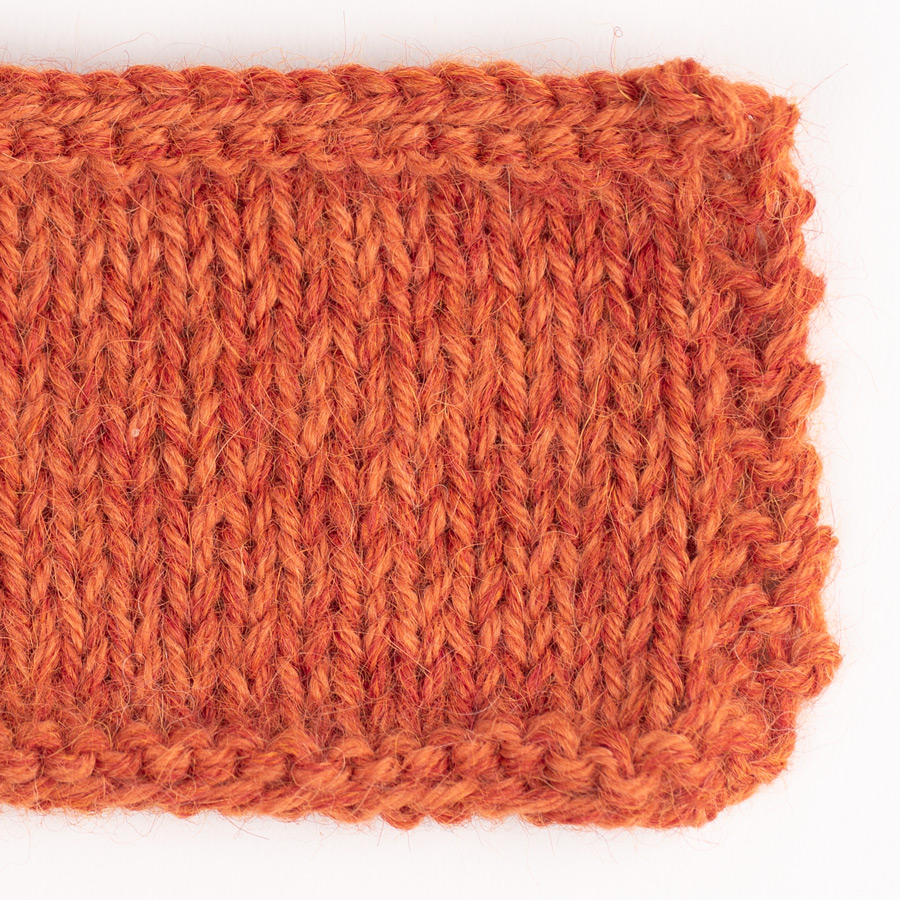
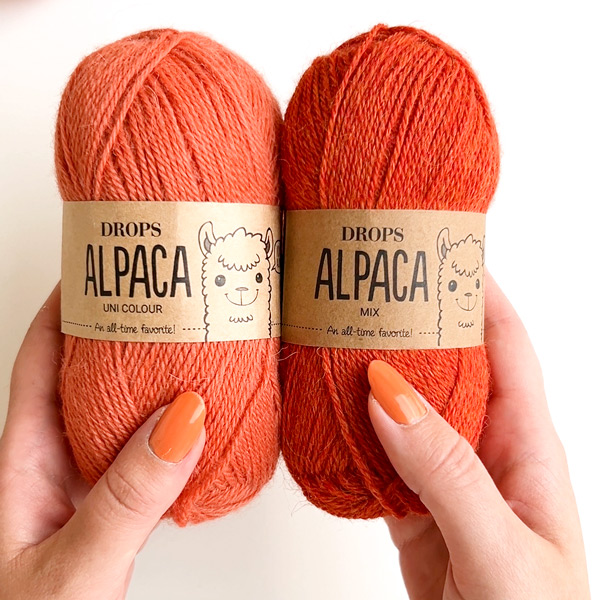
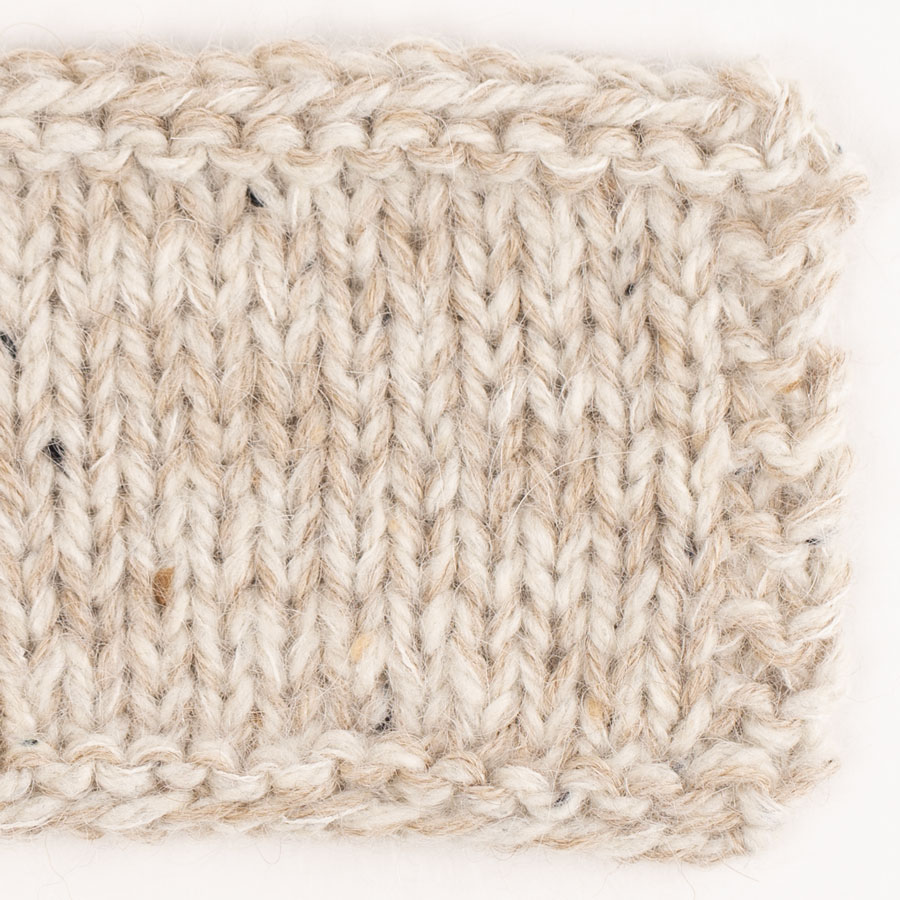
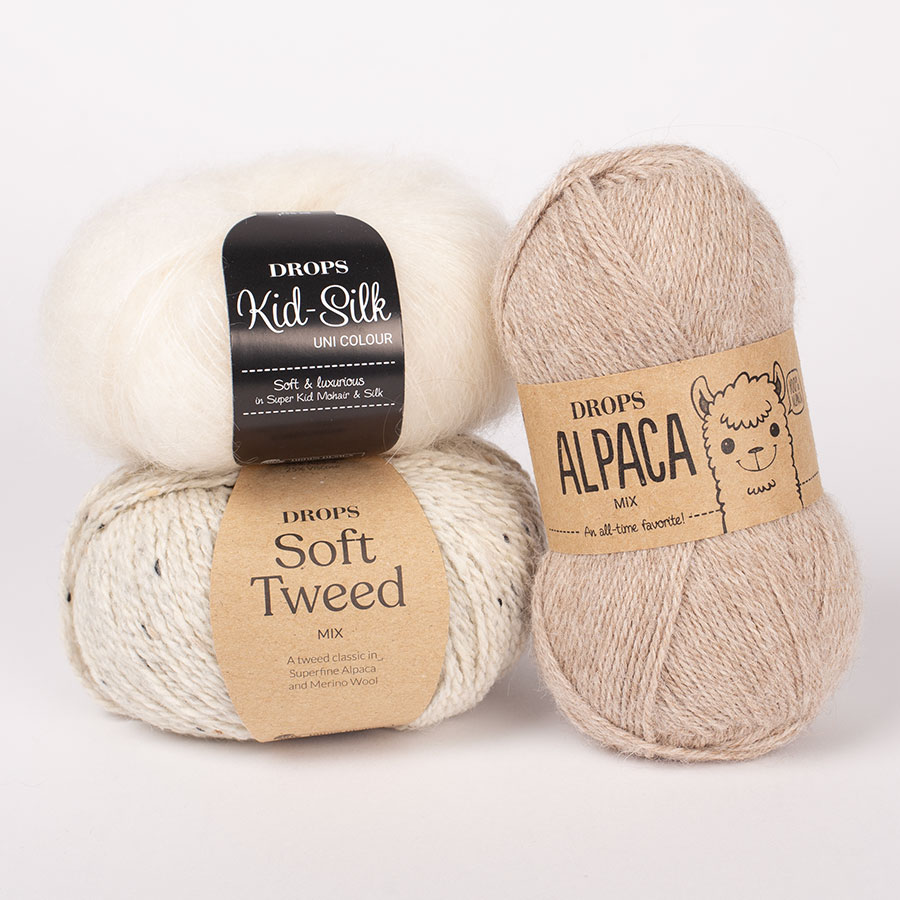
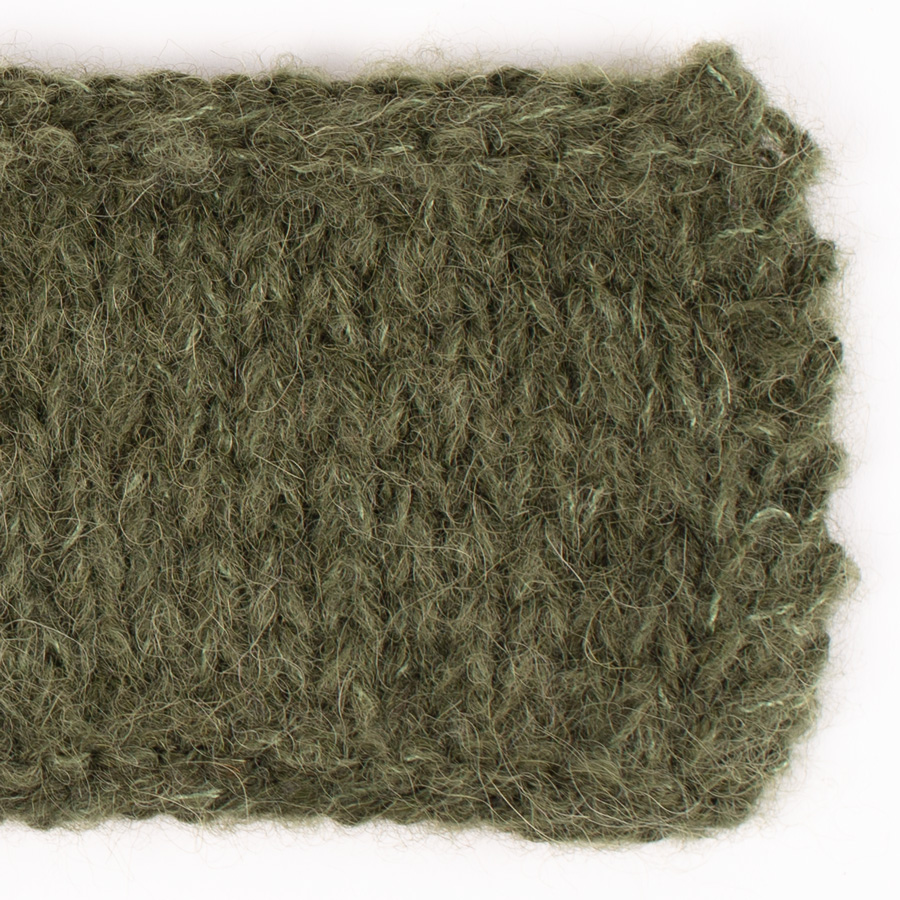
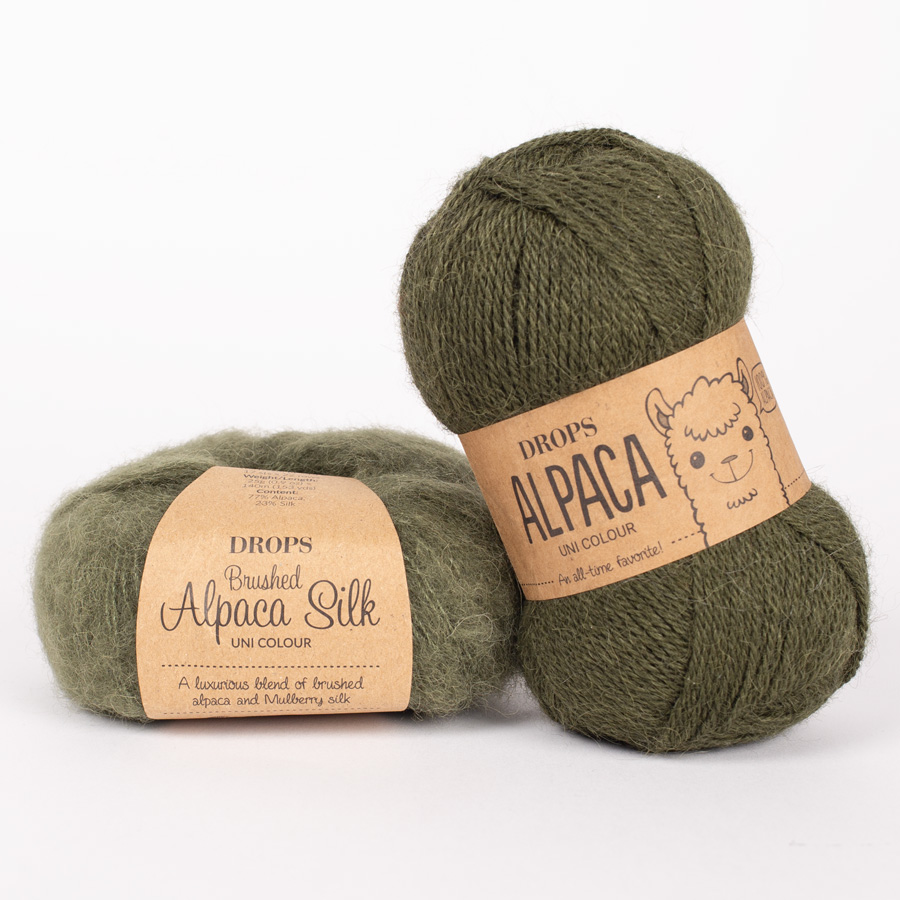
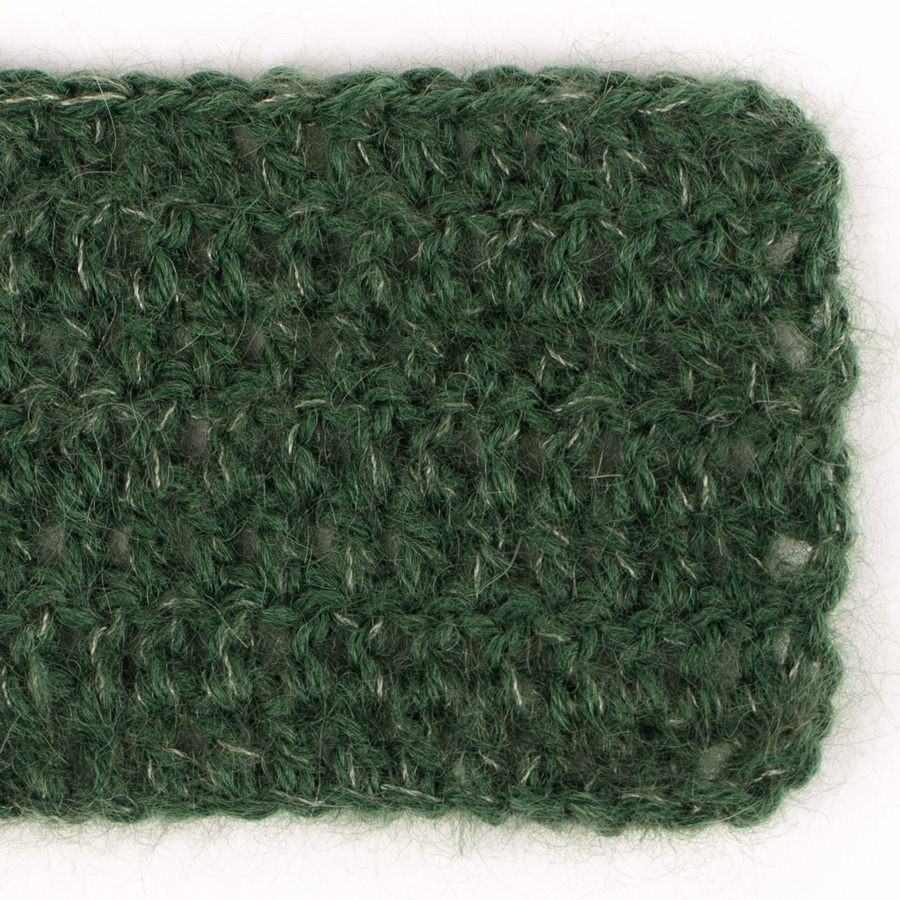

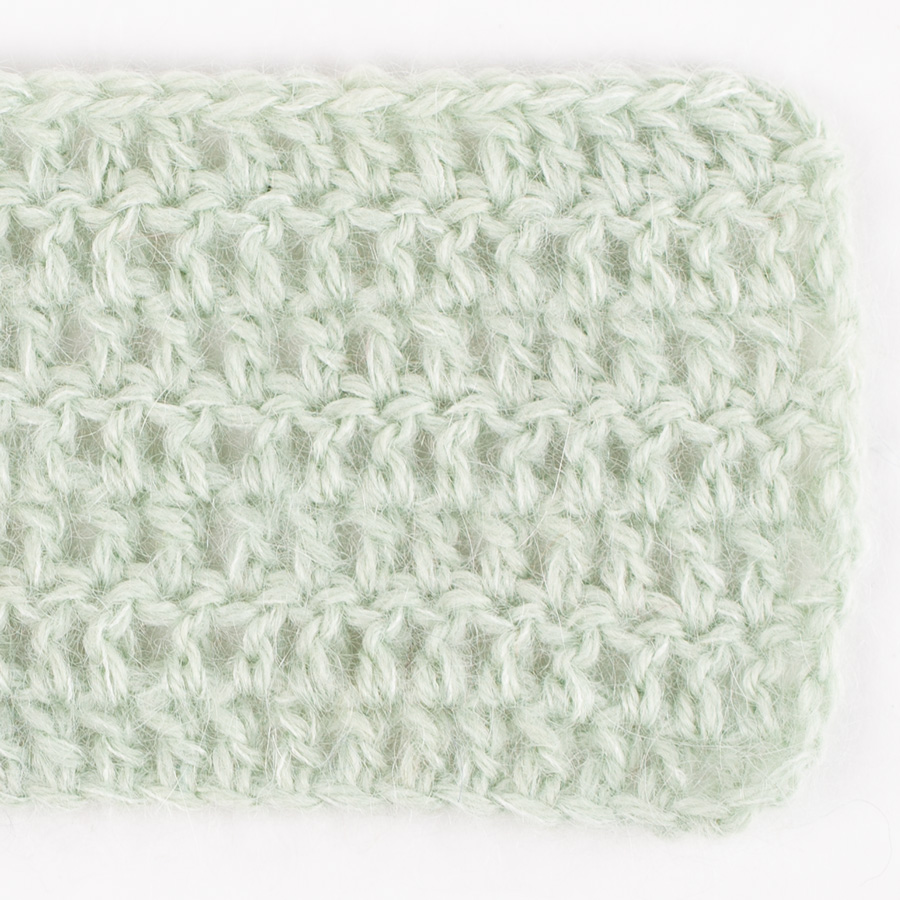

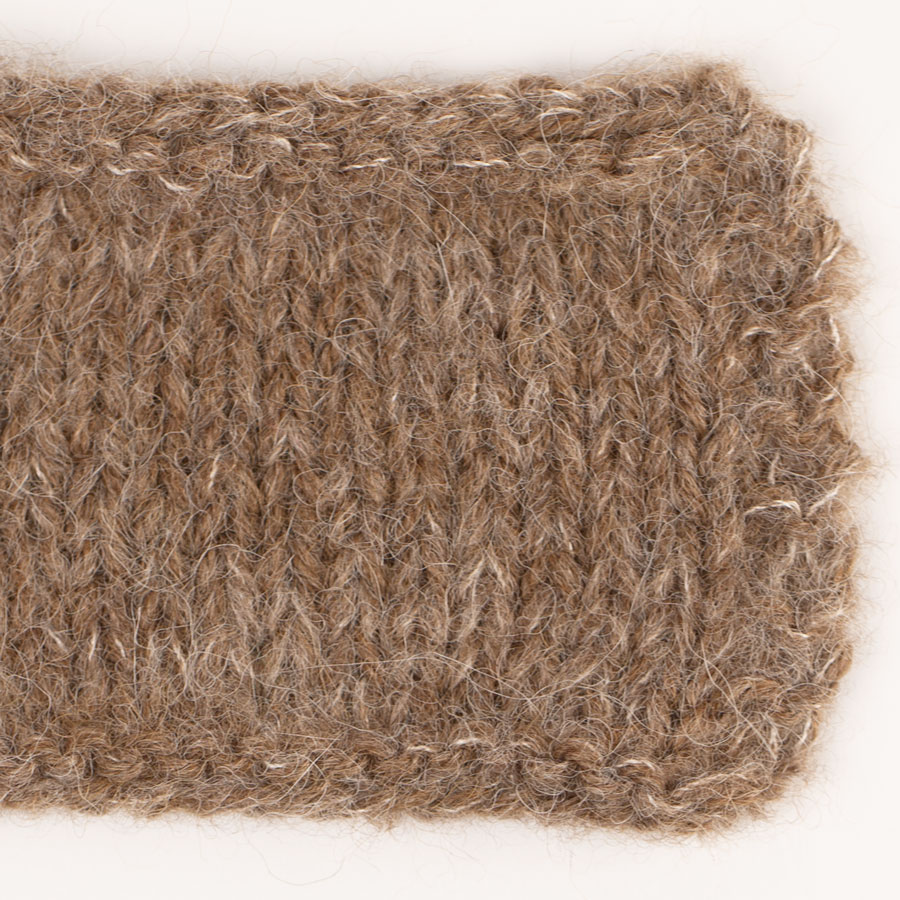
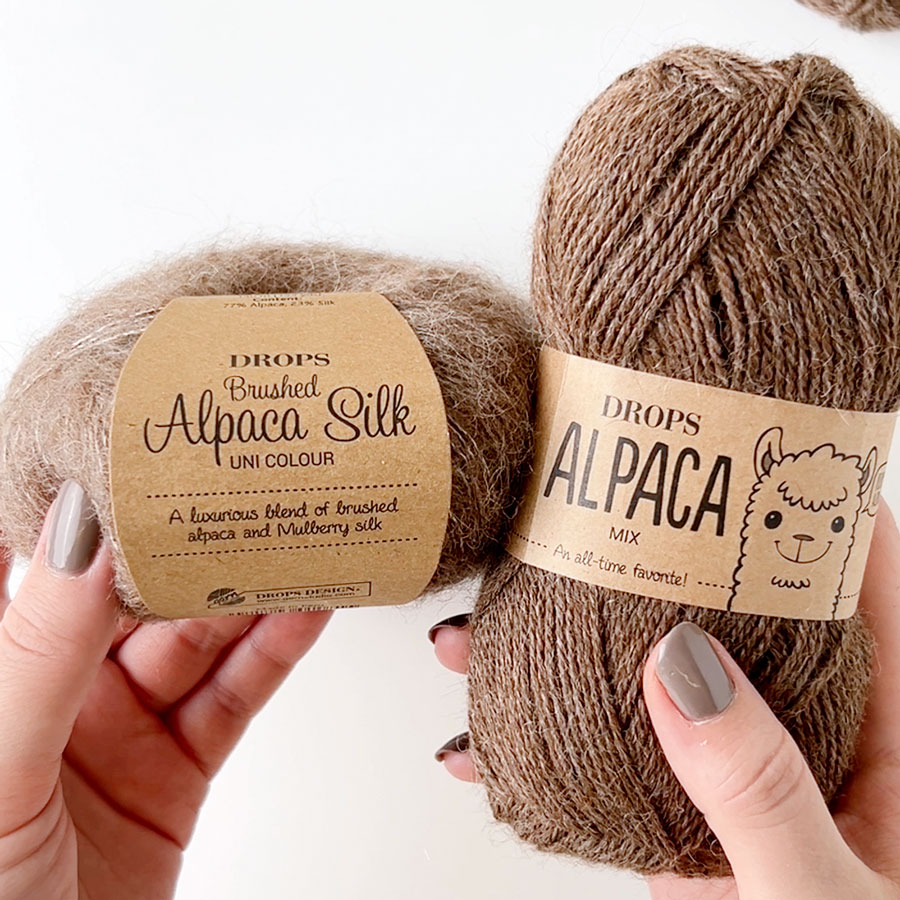

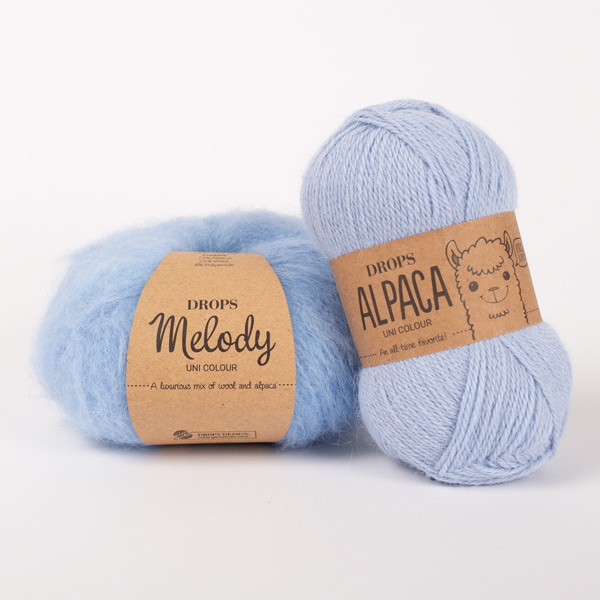
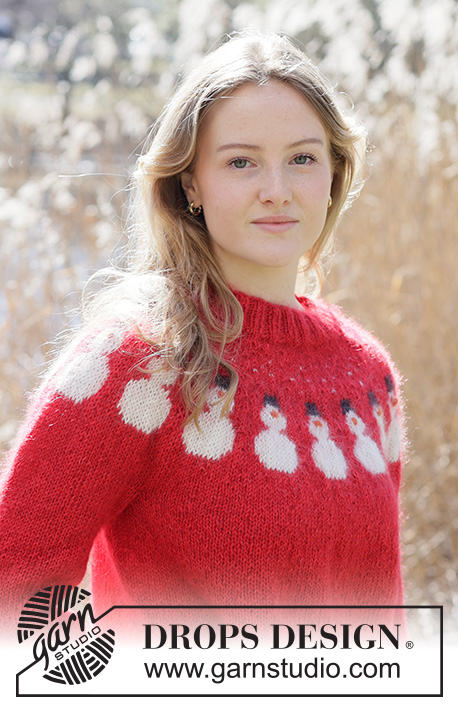







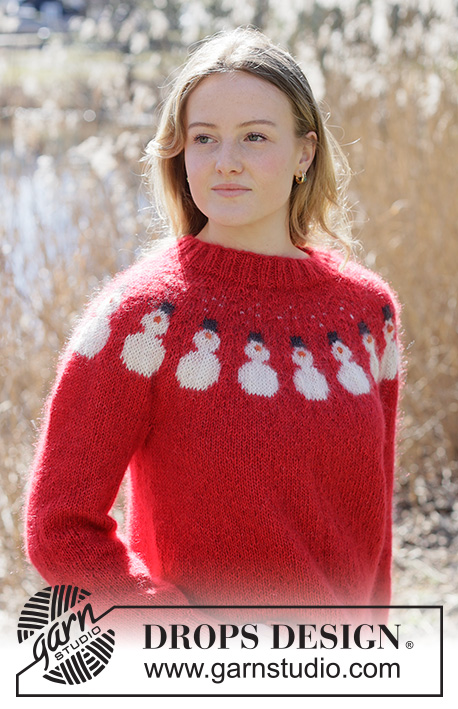
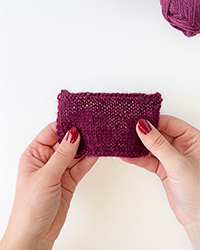

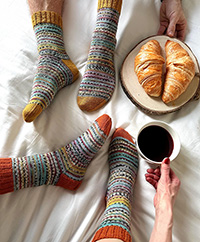
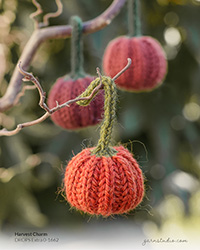


Adoro questo filato e scegliendo i colori non ho mai avuto grandi sorprese. Il colore 7323 però qualificato come grigio verde è molto più verde con pochissimo grigio. Bello ugualmente ma sicuramente molto verde.
08.01.2017 - 16:03